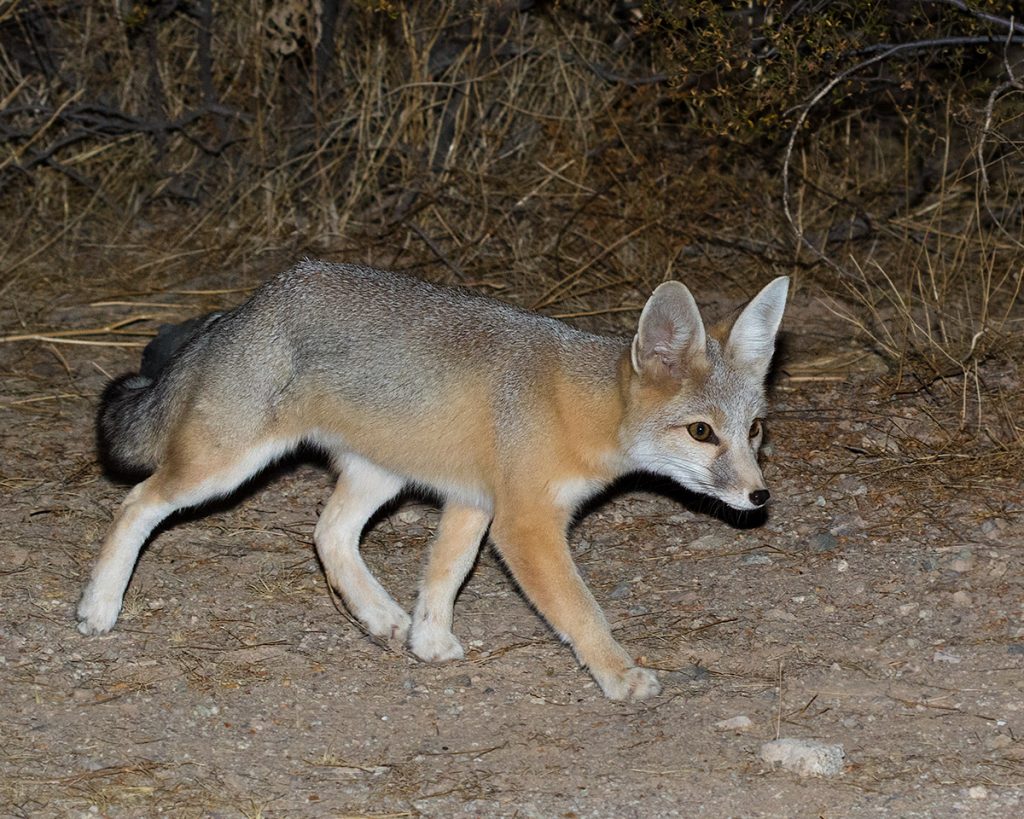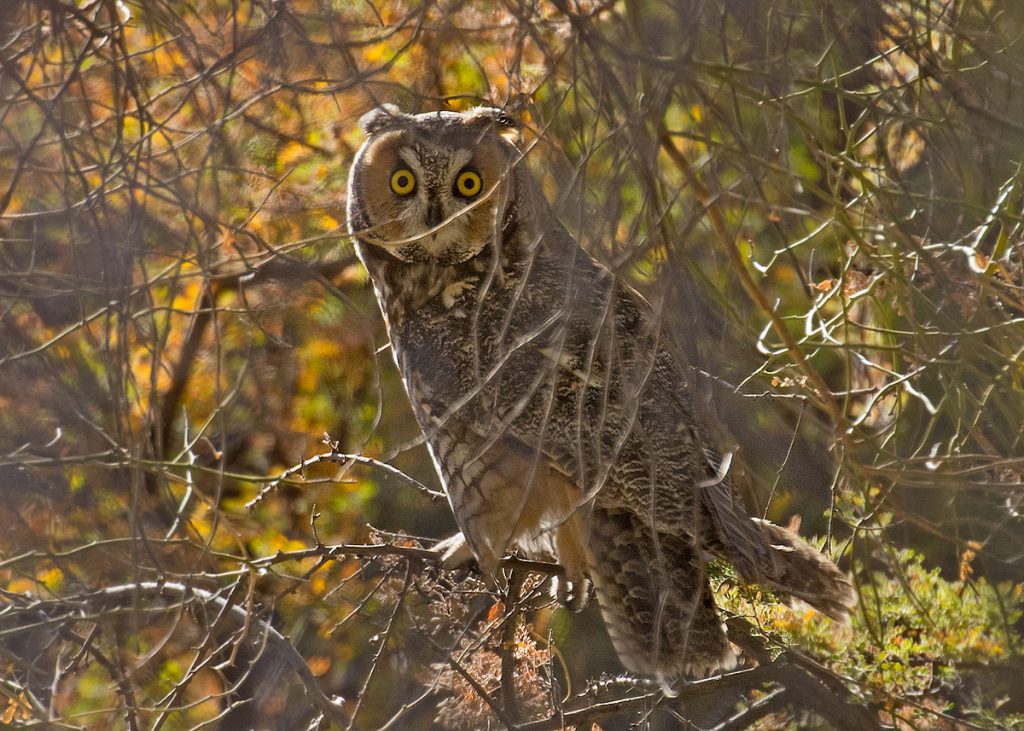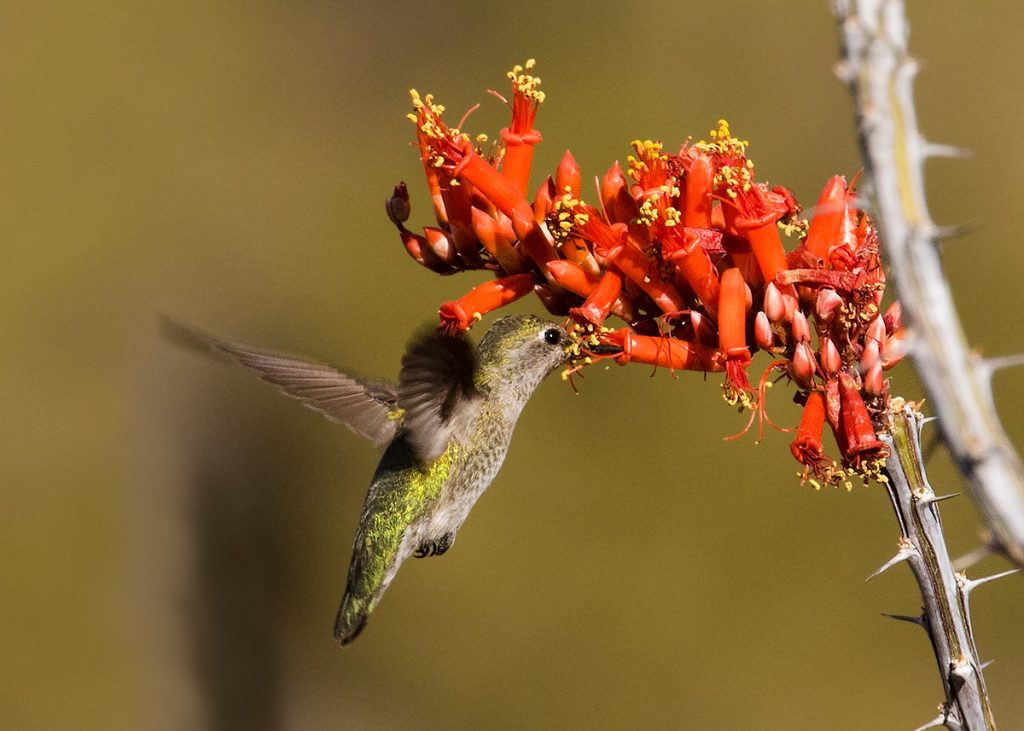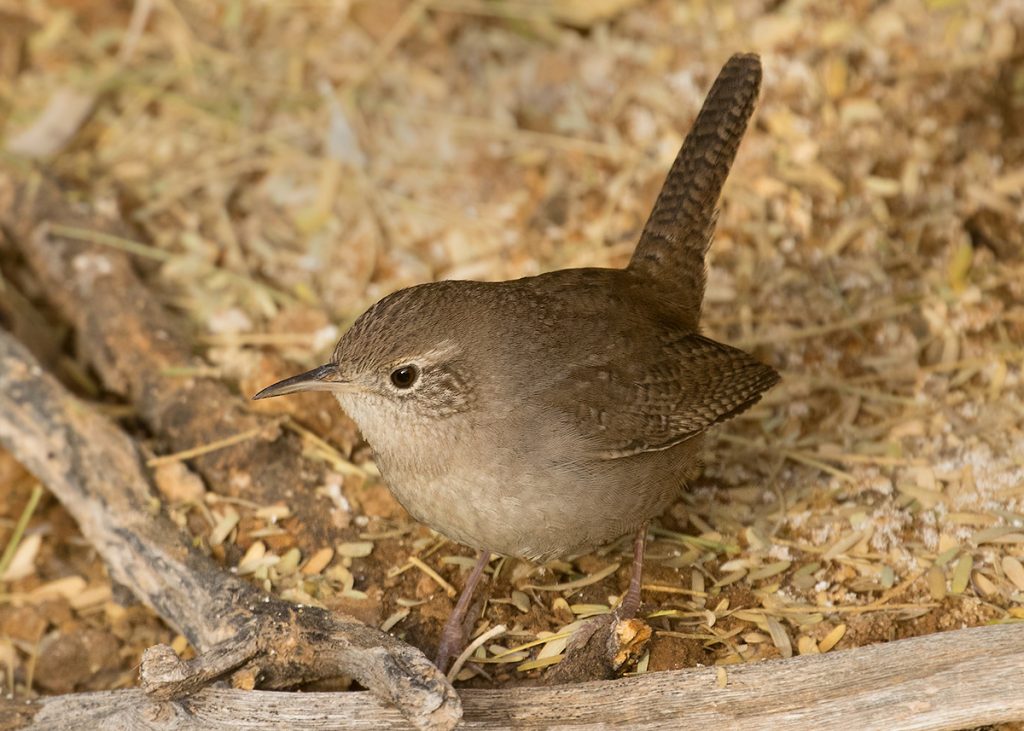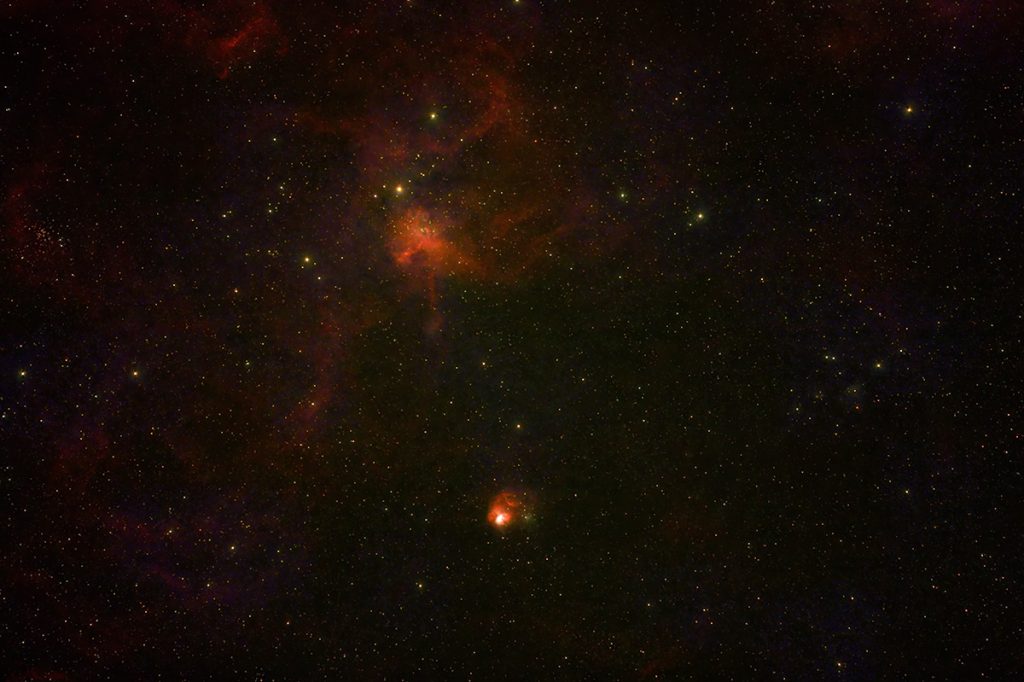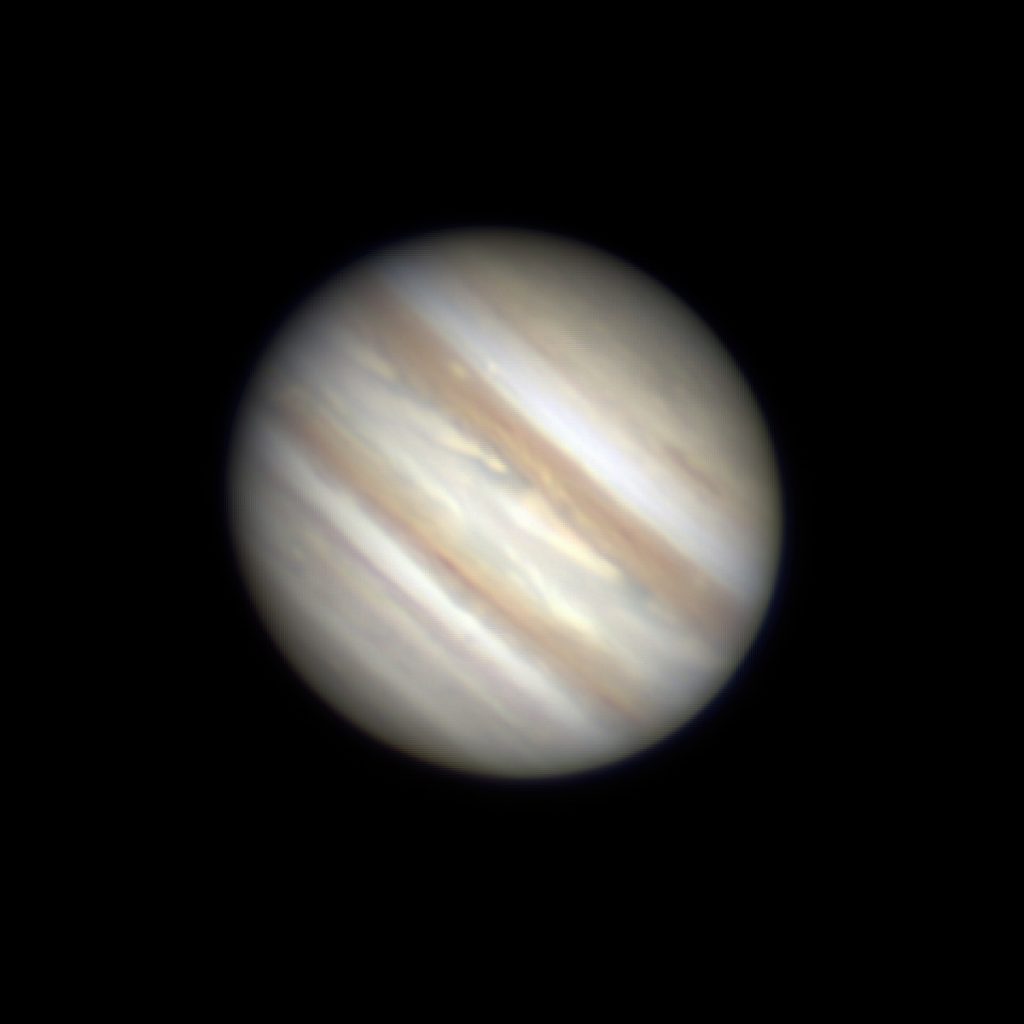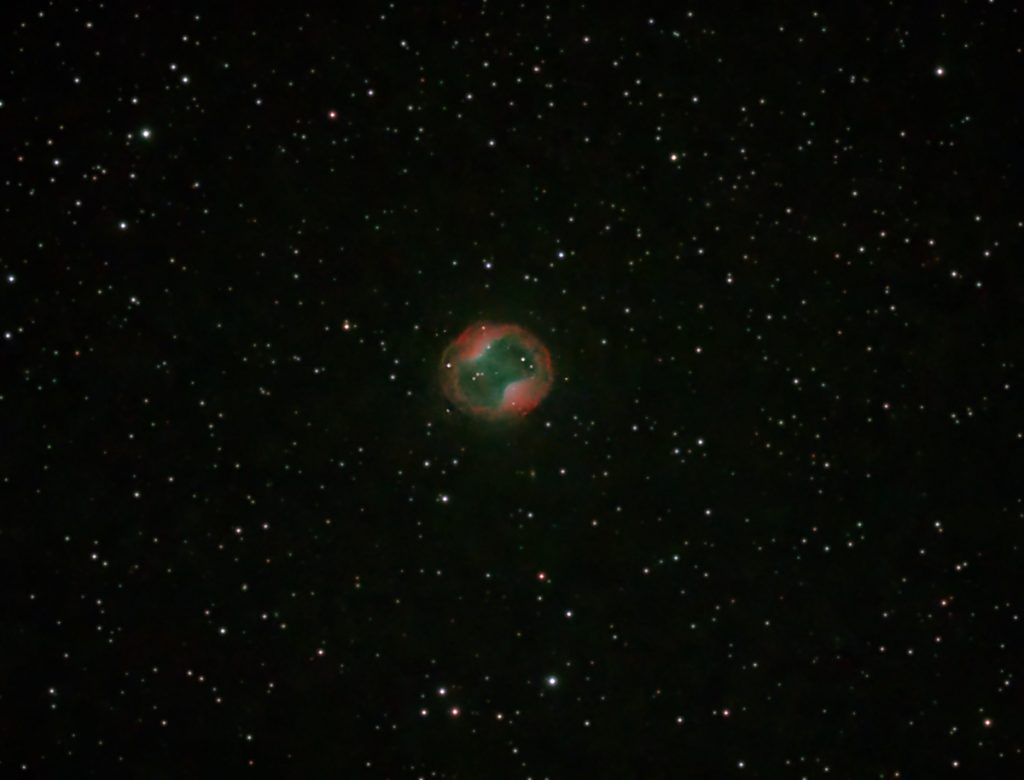It has been a long time since I’ve posted anything. Circumstances and life changing events have prevented me doing much over the last few weeks. However, I have managed to pick up a few good images in the Pierre, SD area.
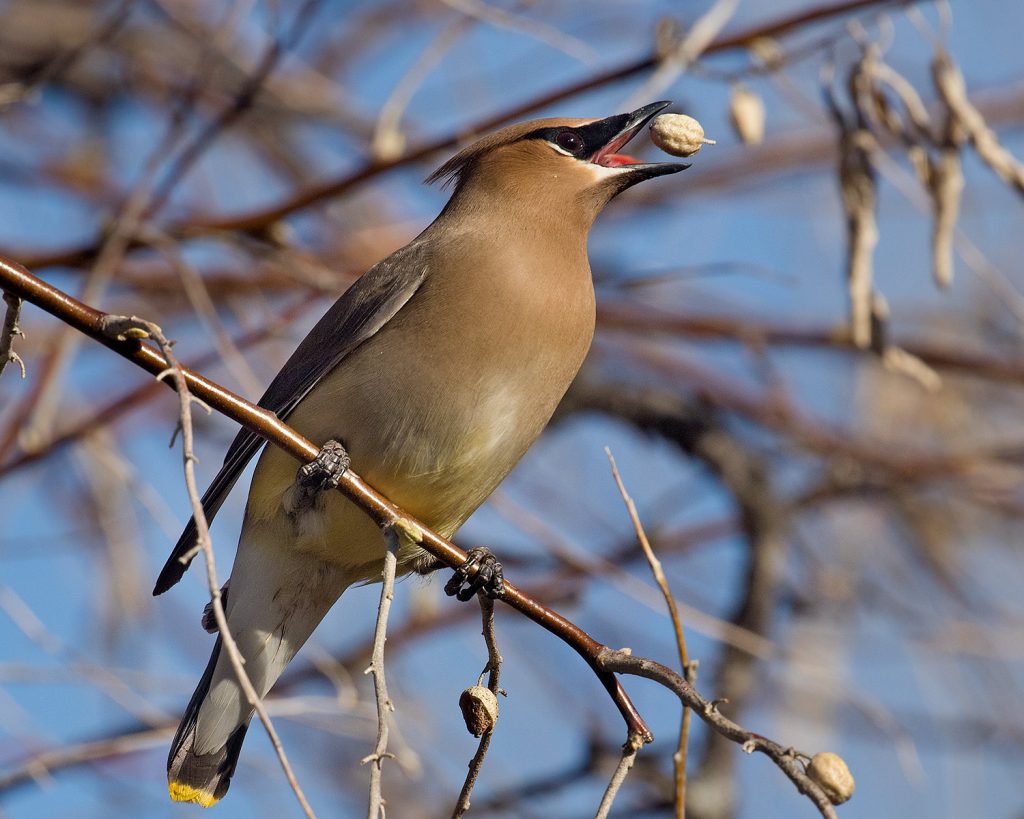
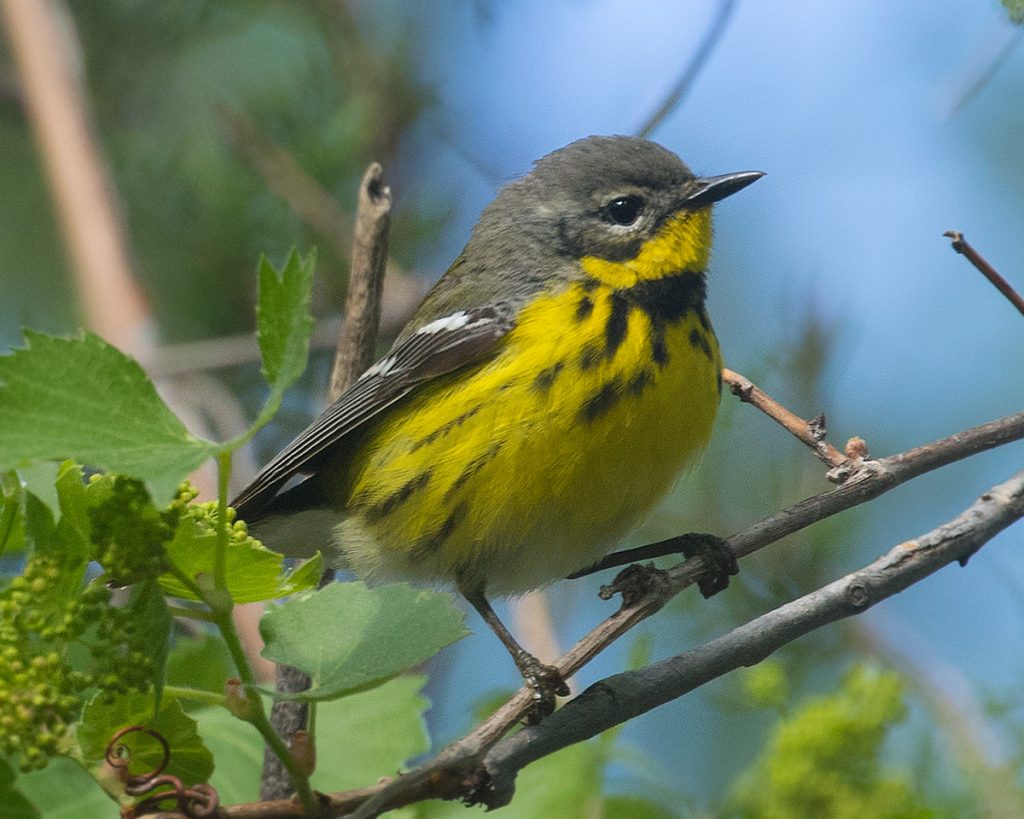
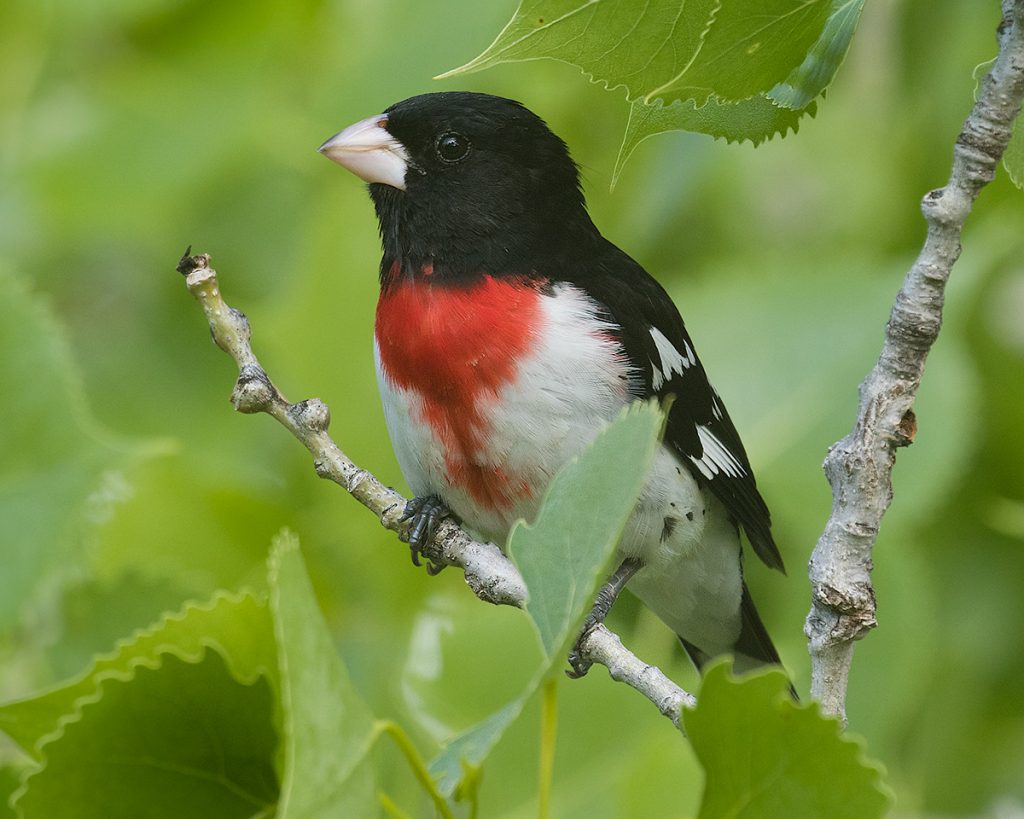
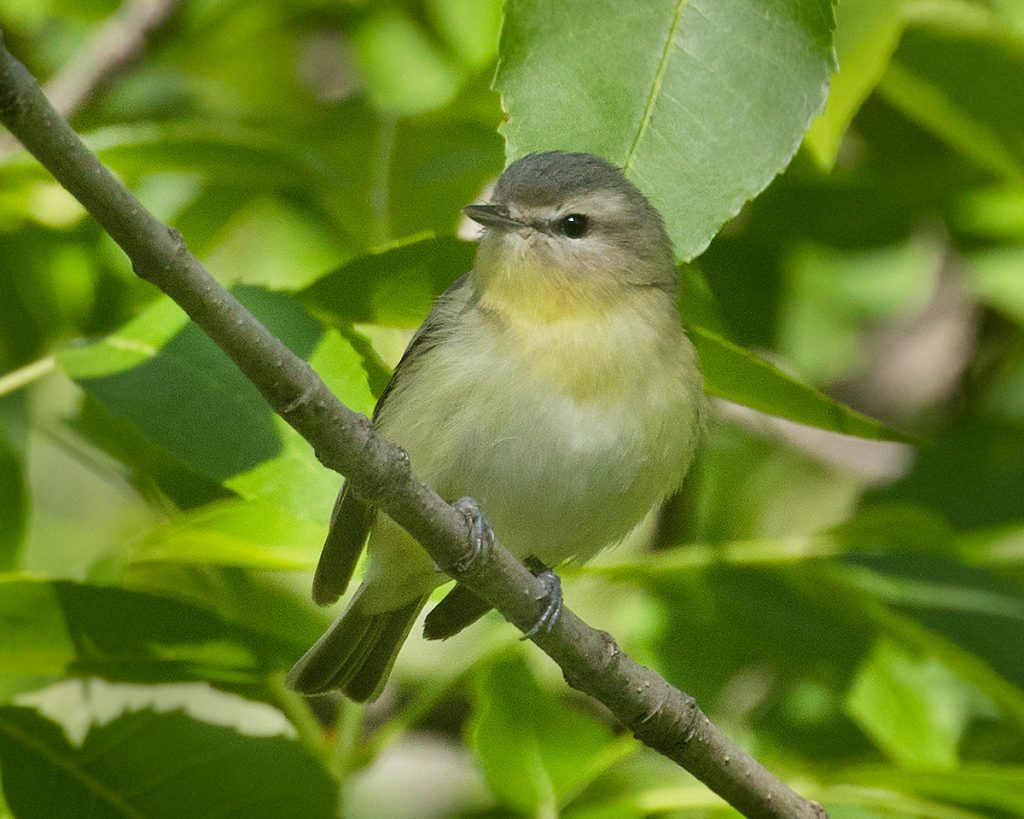
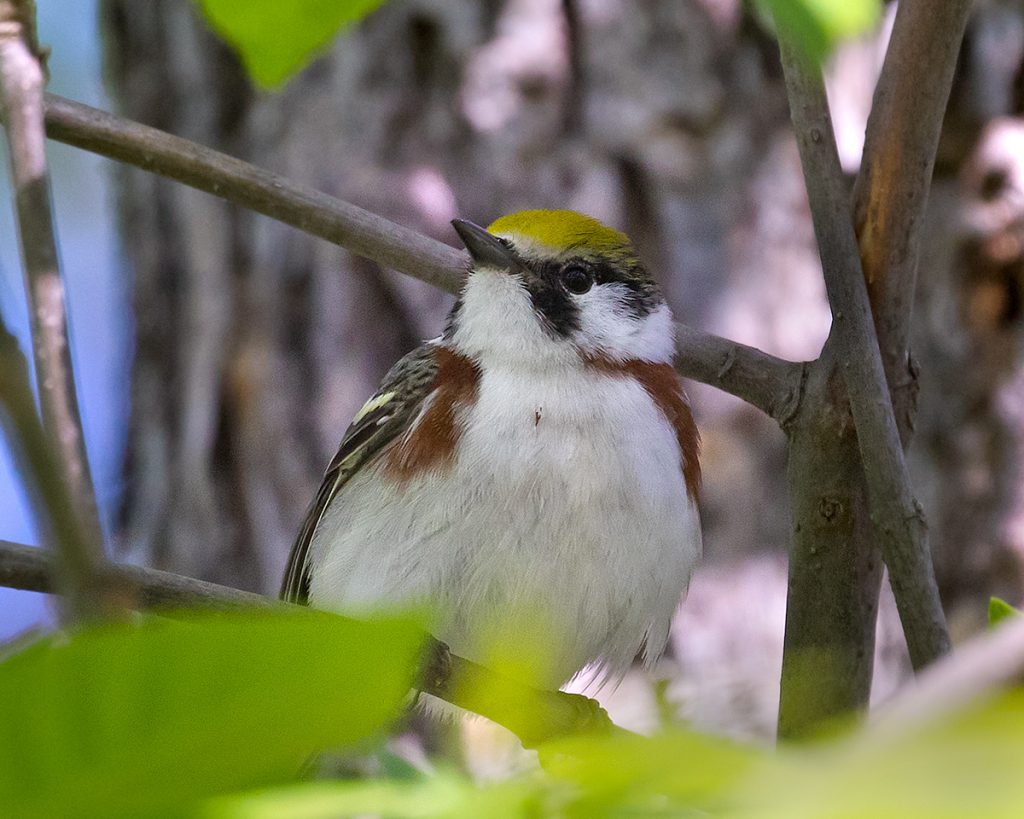

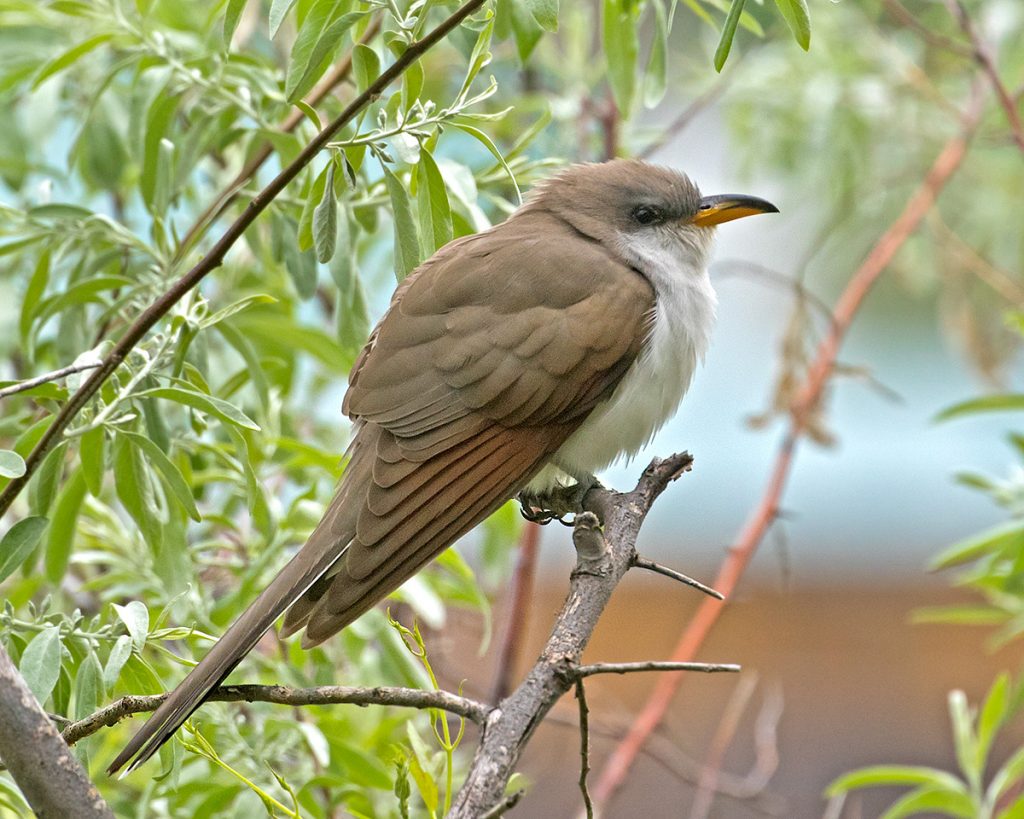
It has been a long time since I’ve posted anything. Circumstances and life changing events have prevented me doing much over the last few weeks. However, I have managed to pick up a few good images in the Pierre, SD area.







This evening, I finally got to photograph an American Woodcock. Over the years, I’ve seen them a few times, heard them a few times, but I have never got a decent photograph. Ricky Olson reported hearing one at the archery range up by Oahe Dam a few nights ago. The wind has been blowing too hard to try it until tonight. I got up there about sunset and Kenny, Charlie, and Tina Miller showed up too. I was glad for that because Kenny has sharp hearing and I don’t! I could hear the bird peenting but I had no idea which way to go. Kenny led us to it. Once I could see it, I waited for it to take off again for its display flight and then moved in closer and waited for it to land. I did this 4-5 times and finally got close enough for some pretty good shots. The bird was easily approached and it didn’t seem to be bothered by my flashlight or the camera flash.
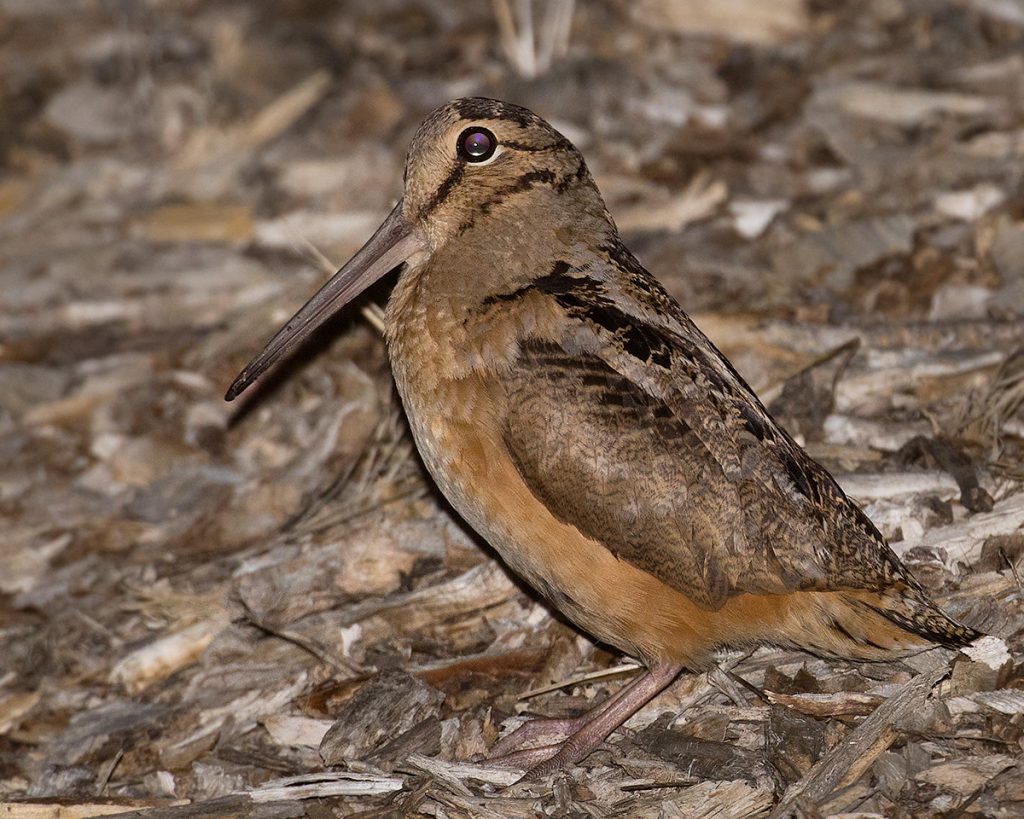
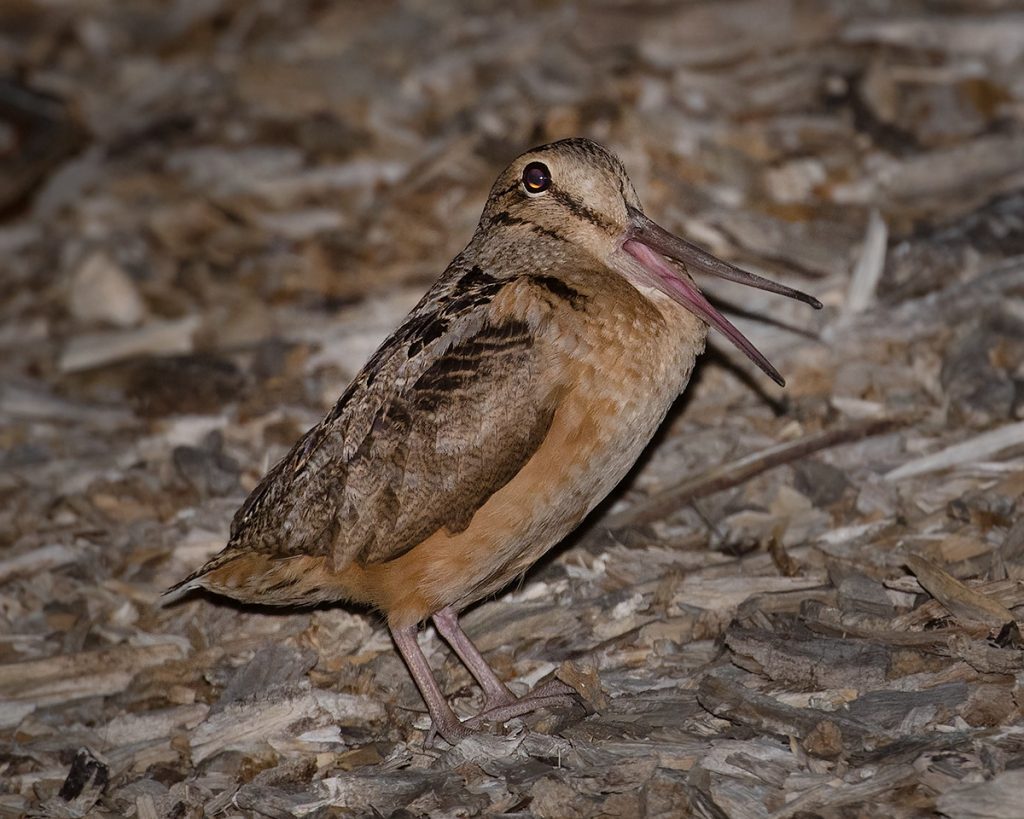
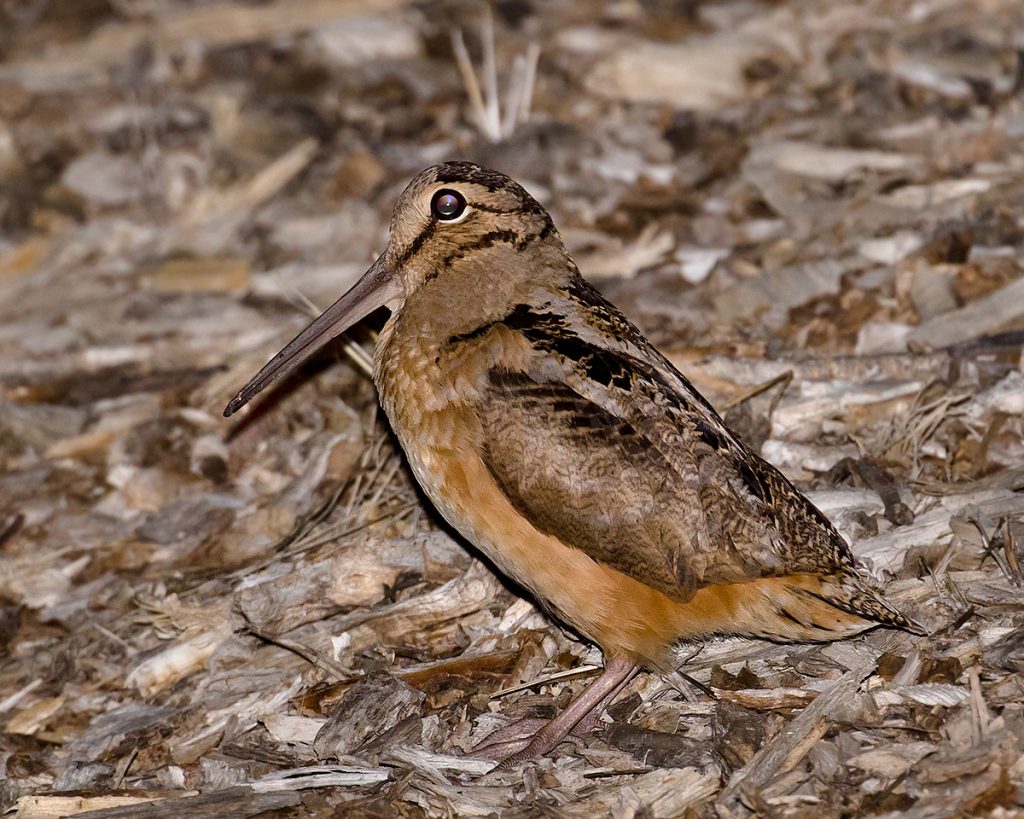
I left Arizona last week, and got delayed in New Mexico by a snowstorm, but I’m here now. On March 26, Kenny Miller found a Great Gray Owl on Laframboise Island near Pierre. I was hoping it would still be here and it was. My sister Sally and I both saw it this morning, thanks to Kenny. While I’ve seen many Great Gray Owls in northern Minnesota, and a few others in Montana and the Yukon, this is my first one in South Dakota. It is also a new bird for my Hughes County list. My South Dakota life list now stands at 375 species, Hughes County at 319.
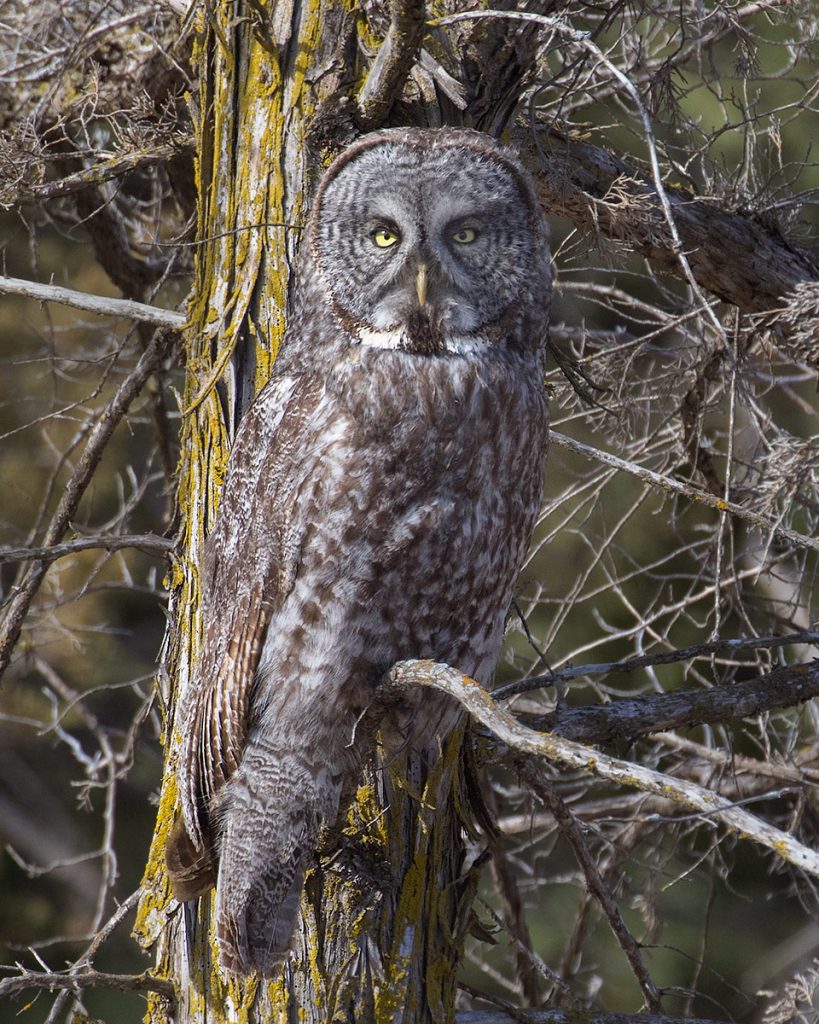
Despite some lousy weather, clouds, wind, ect., I’ve been getting some astrophotography done. Birding is still slow. There hasn’t been anything exciting for a long time. Although it did get hot for a couple of days, it didn’t seem to bring out the herps, probably because of the extreme dryness. The Round-tailed Ground Squirrels are out and they cannot find anything green to eat on the ground so they are climbing the mesquites and eating the leafs and bark.
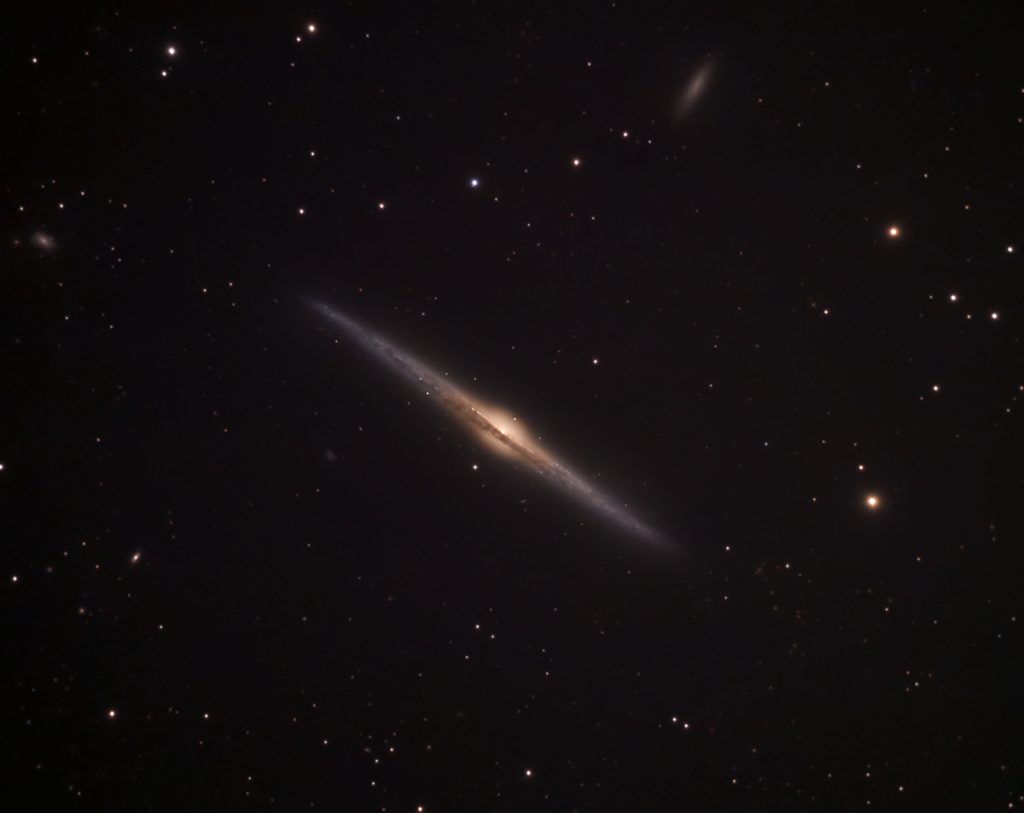
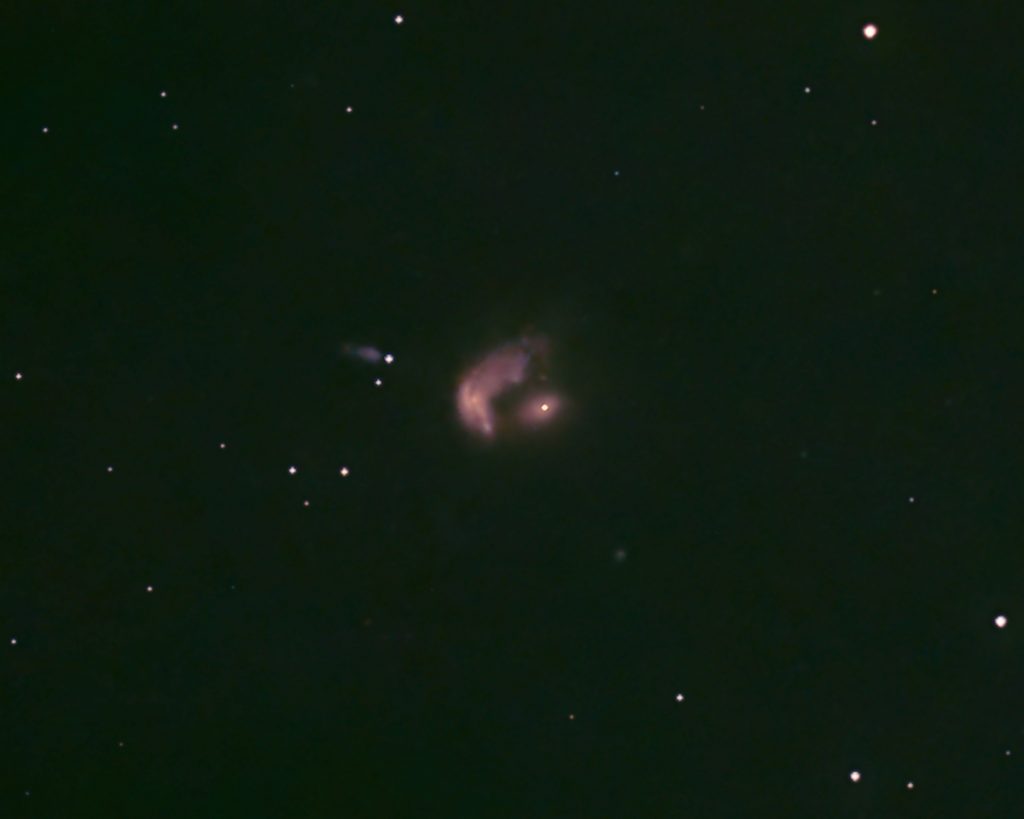
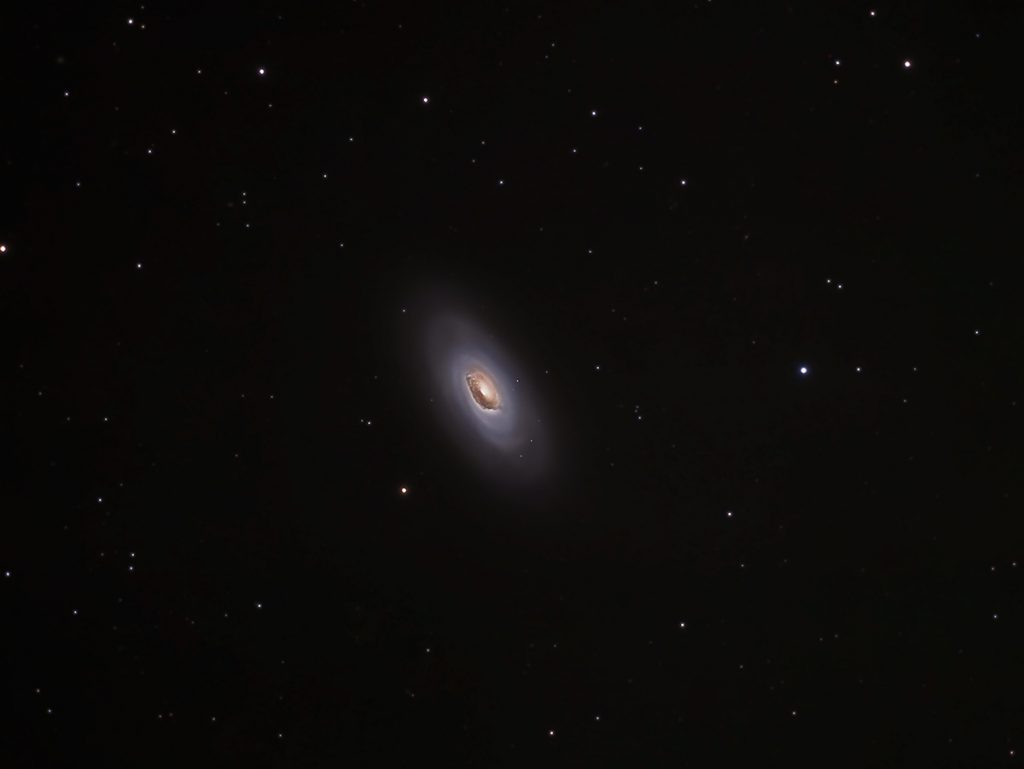
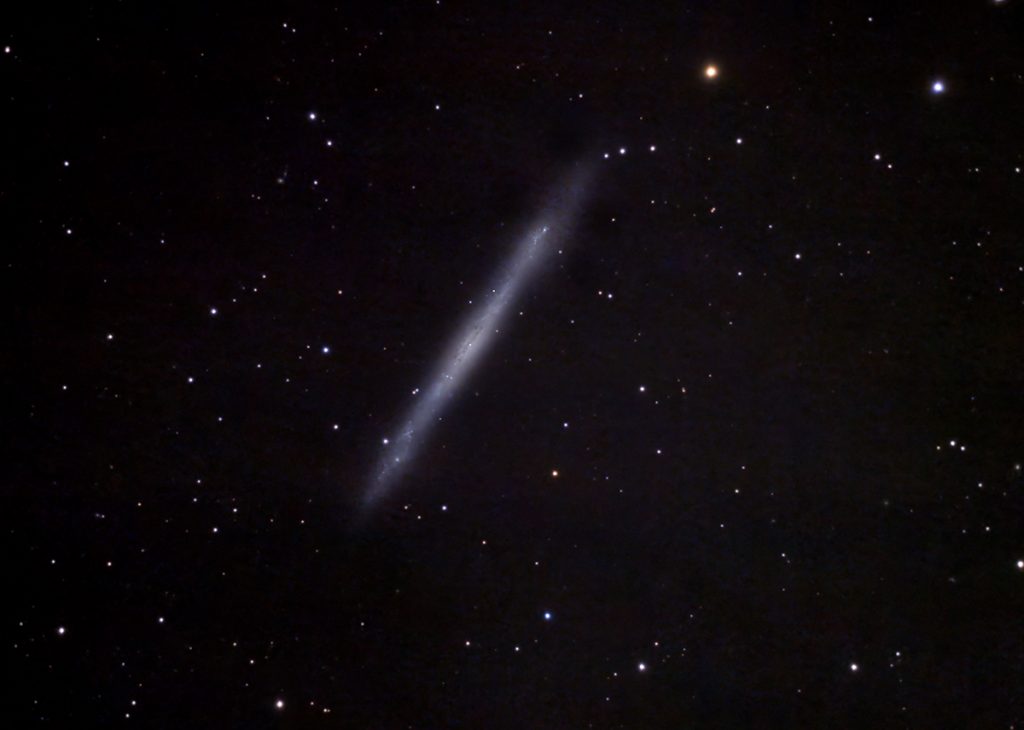
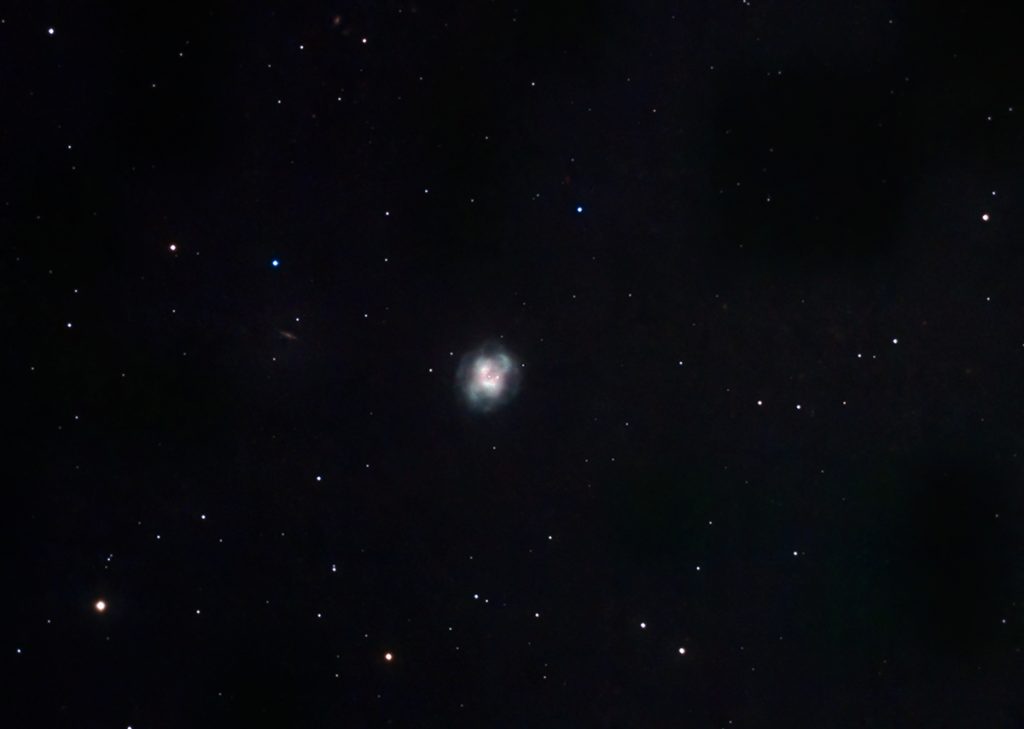
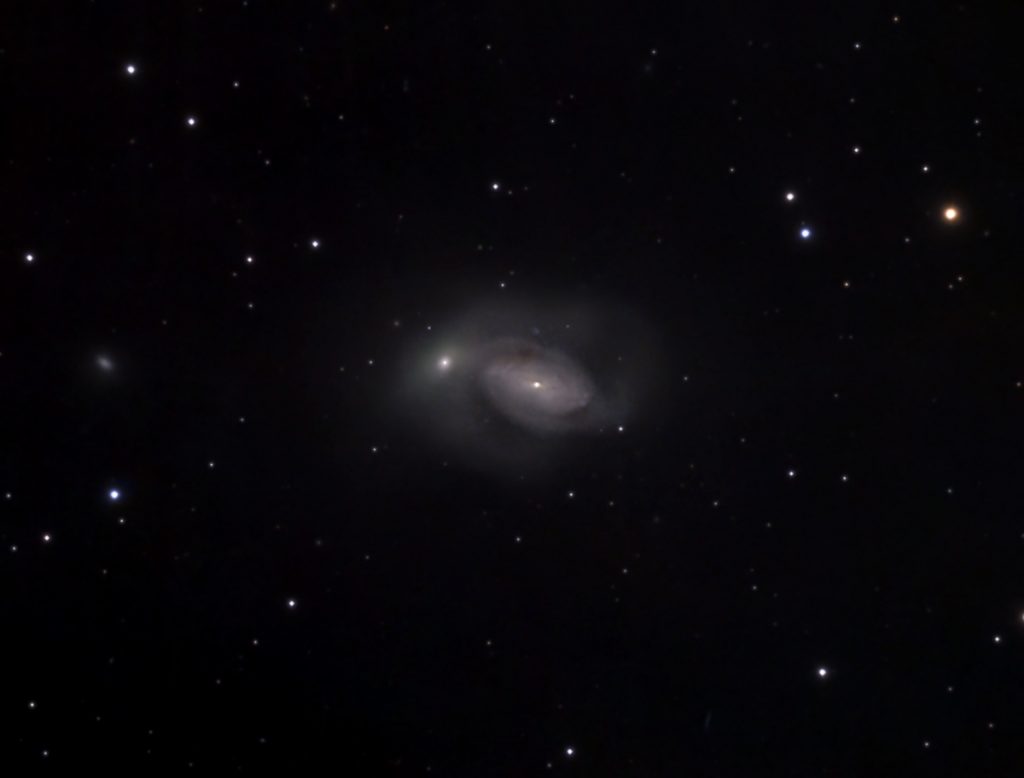
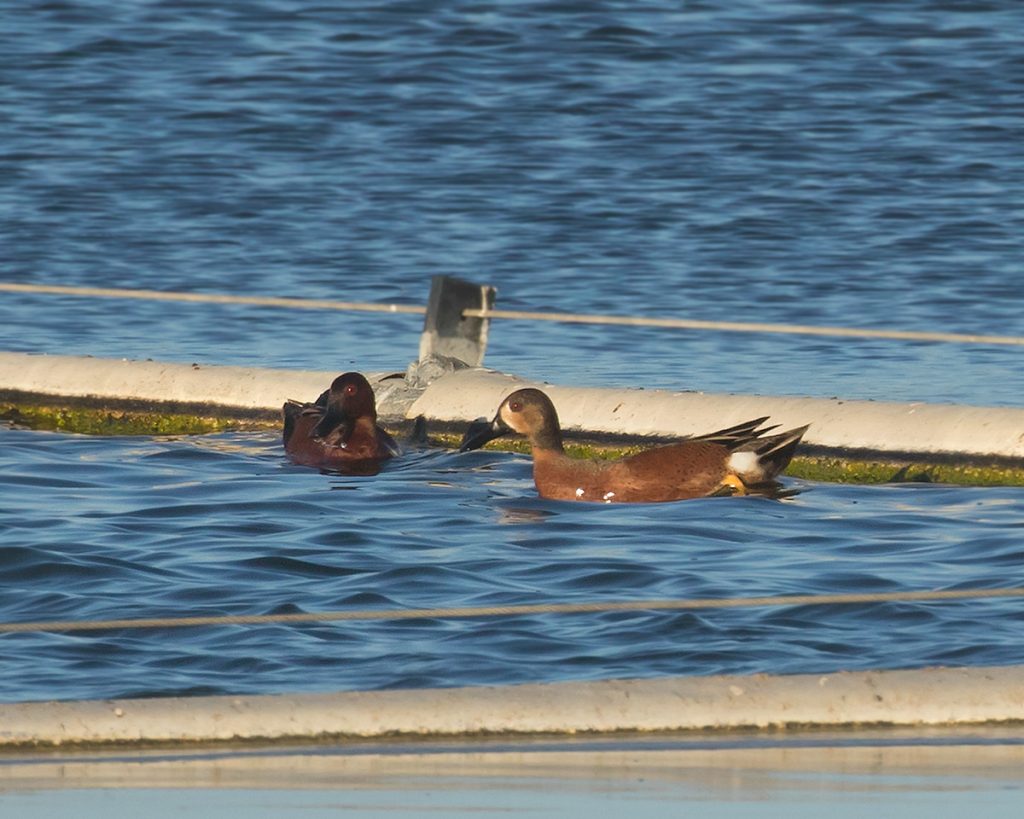
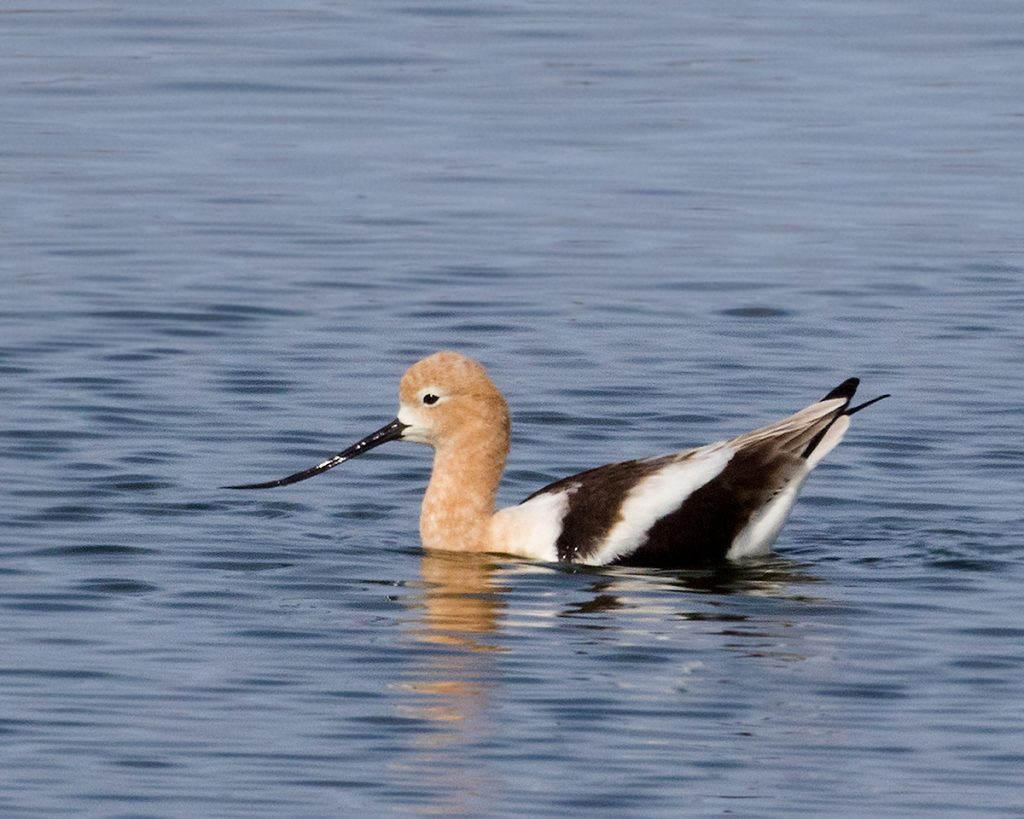
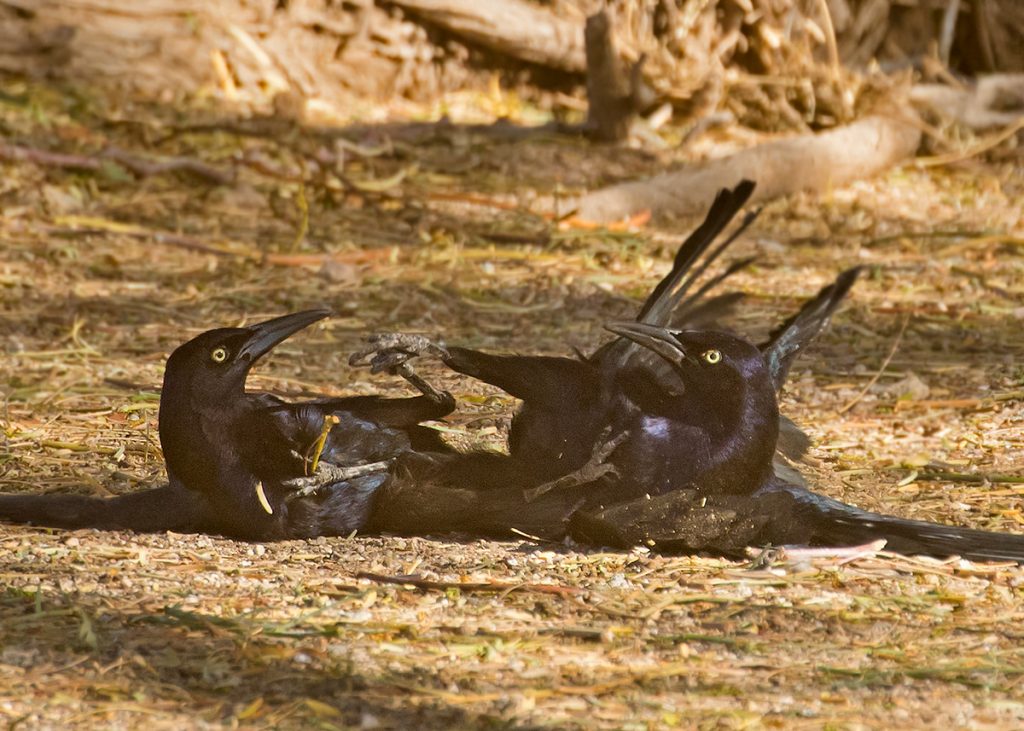
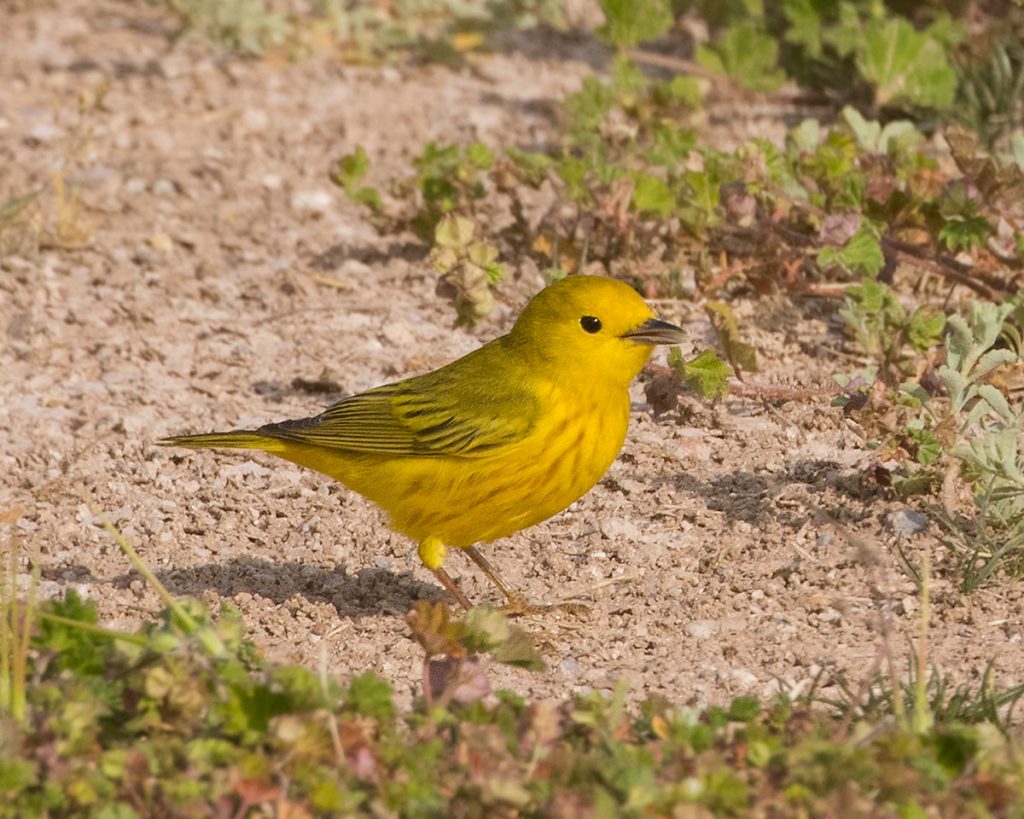
But not much, certainly not enough. Two systems moved through and the total rain here was maybe .5 inch at best. According to the National Weather Service, most of the Ajo area and south to Organ Pipe Cactus National Monument got about that much or less. It will help, better than nothing, but there won’t be much of spring flower bloom. Now we are in for an early heat wave. Bird migration is picking up. Maybe the best bird I’ve seen recently was a Purple Martin at Lake Ajo, the first one I’ve ever seen in the Ajo area and one of the earliest spring records ever recorded for Arizona. I got some very poor photos which I will not be showing here.
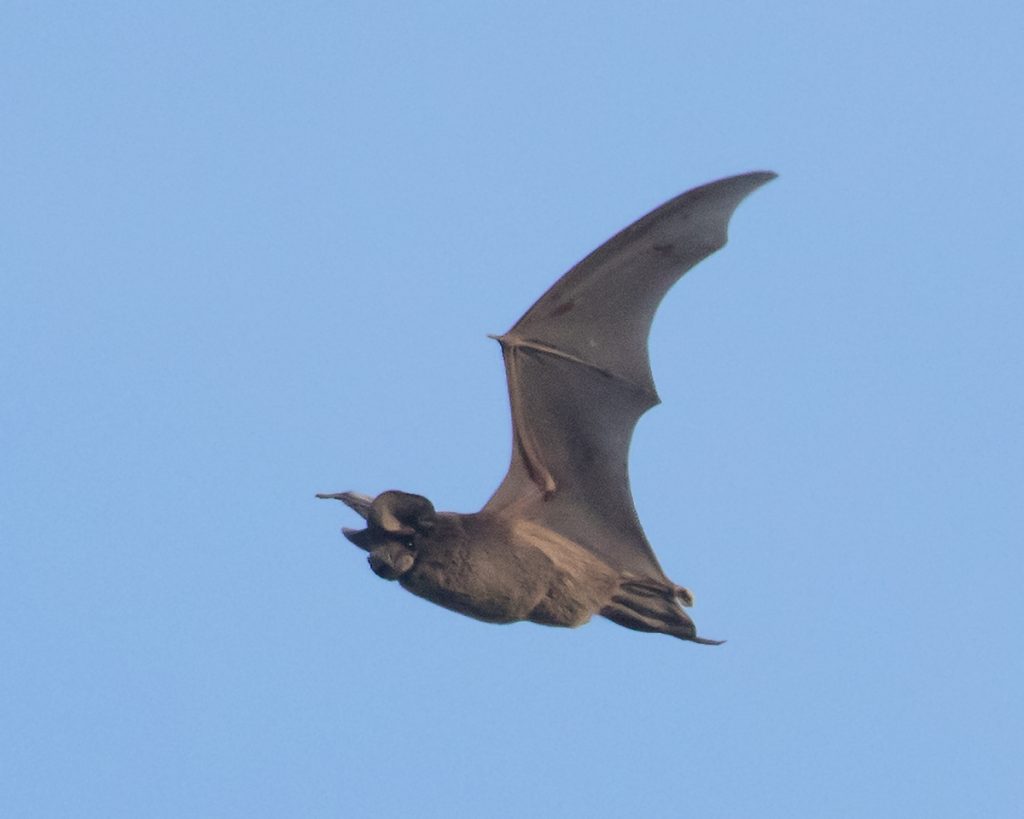
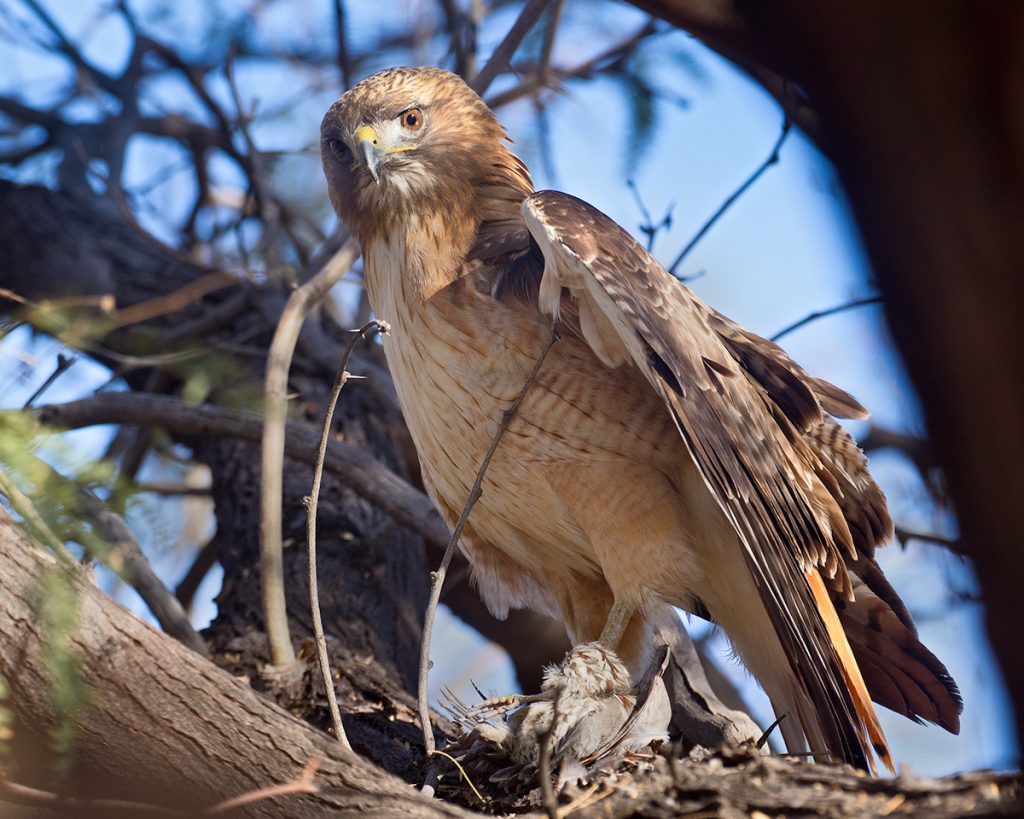
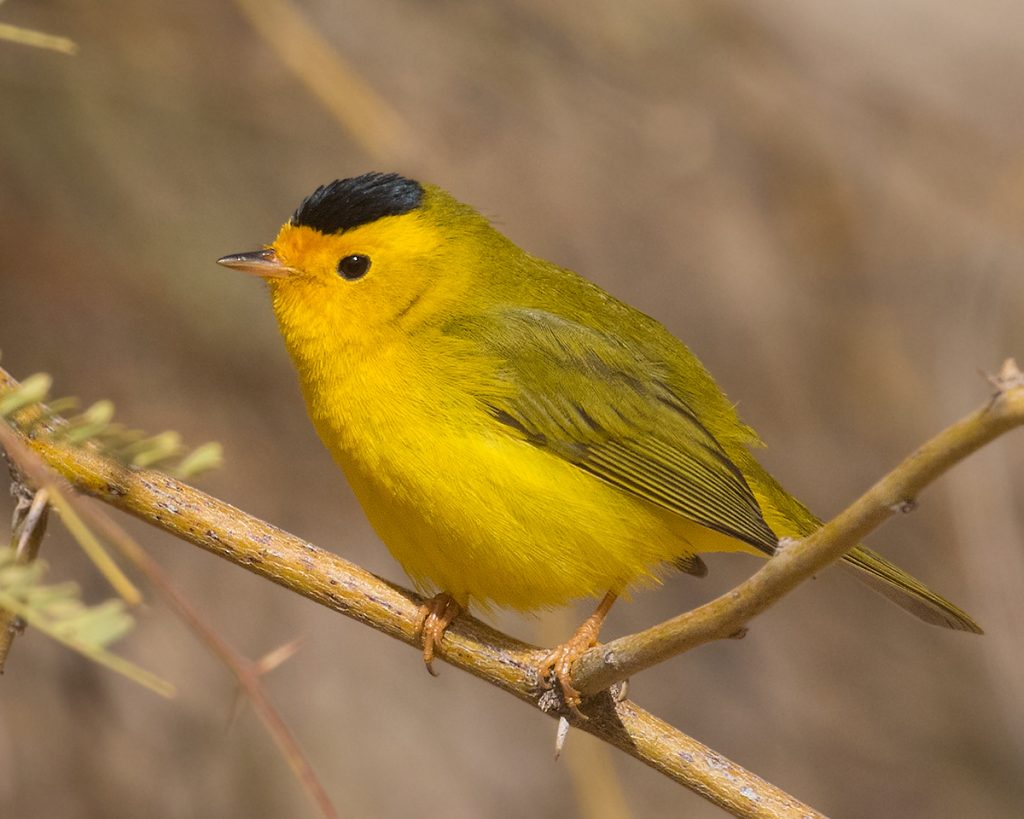
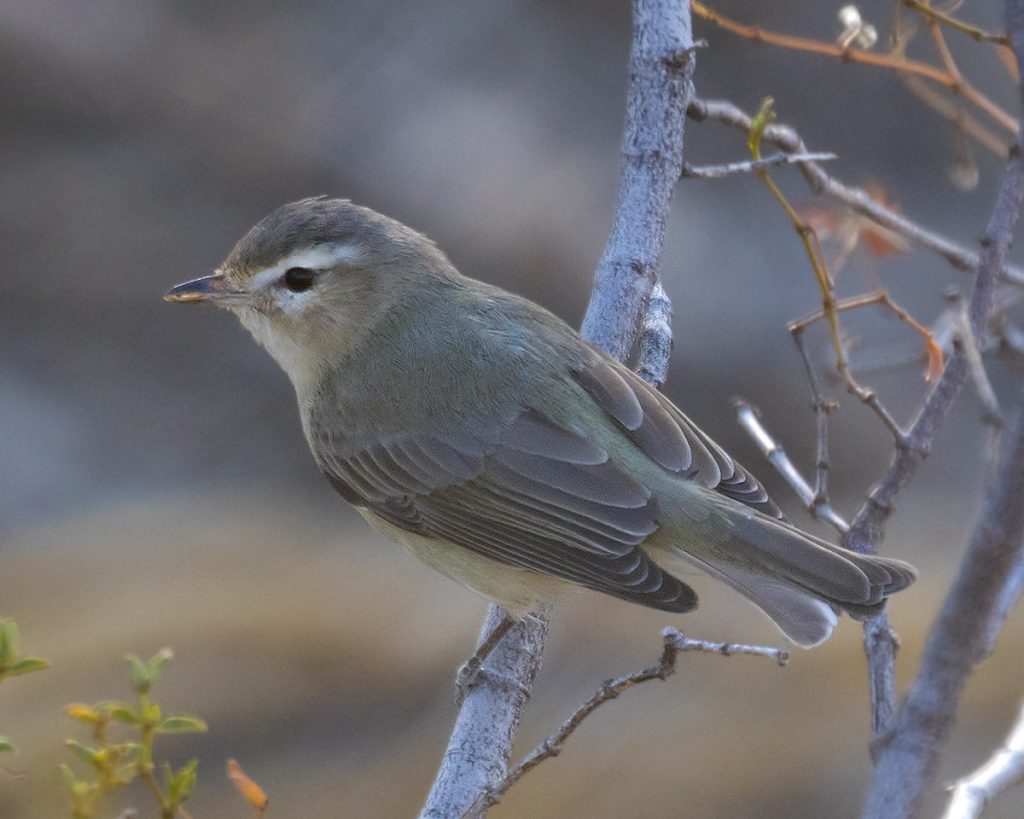
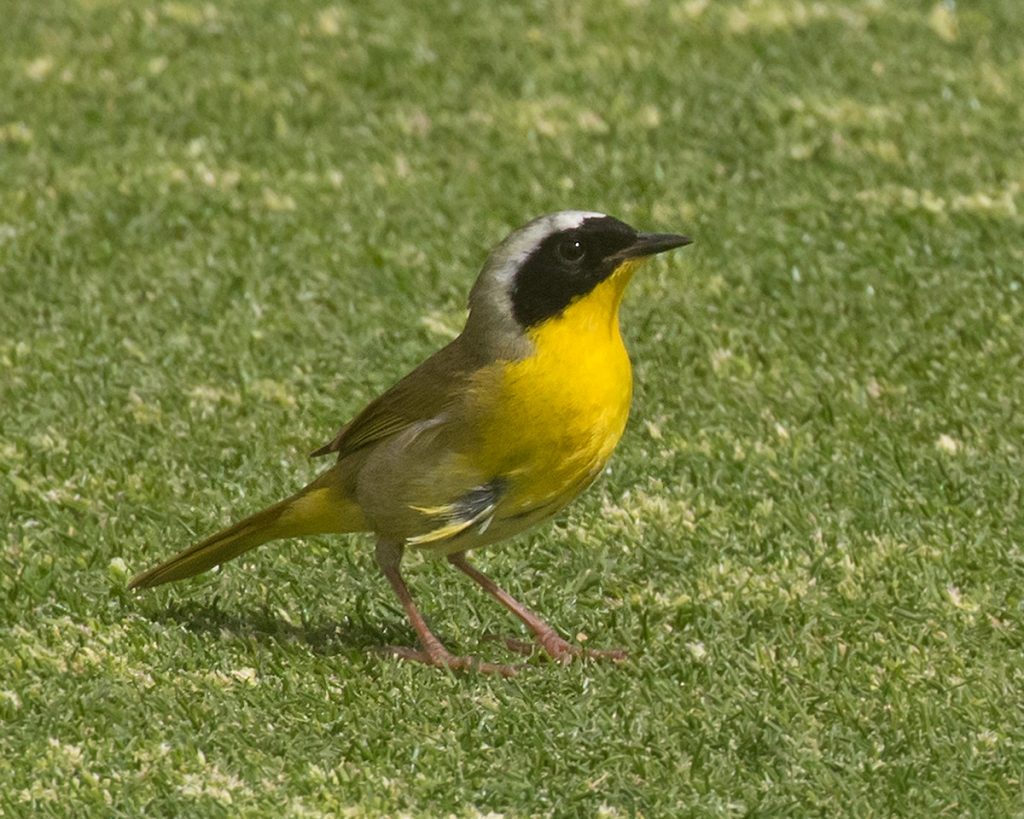
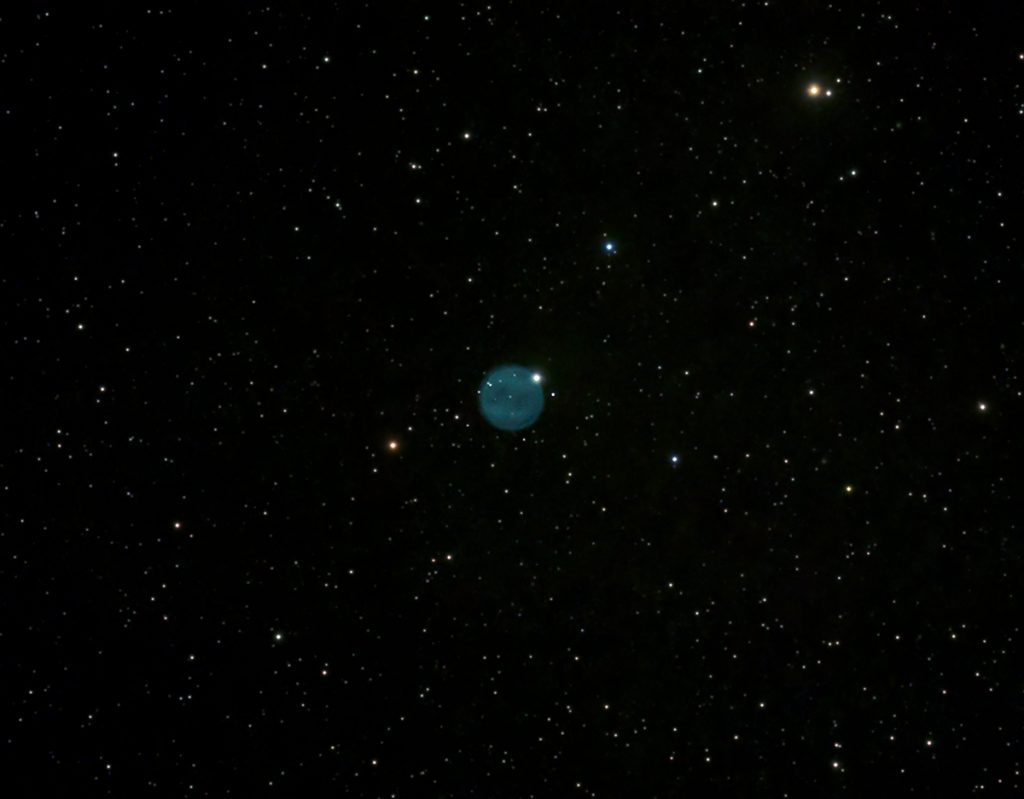
I’ve been here since early November and it has not rained more than a few sprinkles in all that time. The current forecast calls for a chance of rain later this week. If it happens it will be too late for most of the spring annuals but it will help. I’ve never seen it this dry here. The migration of birds is slowly picking up, mostly with sparrows and swallows.
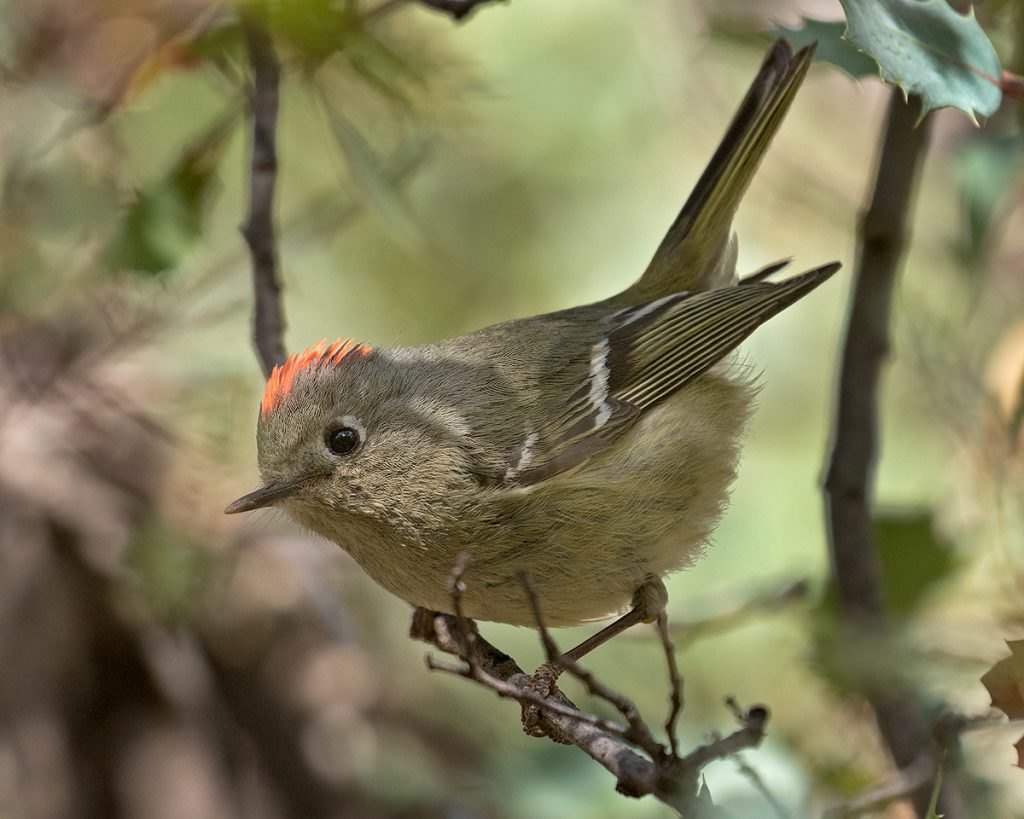
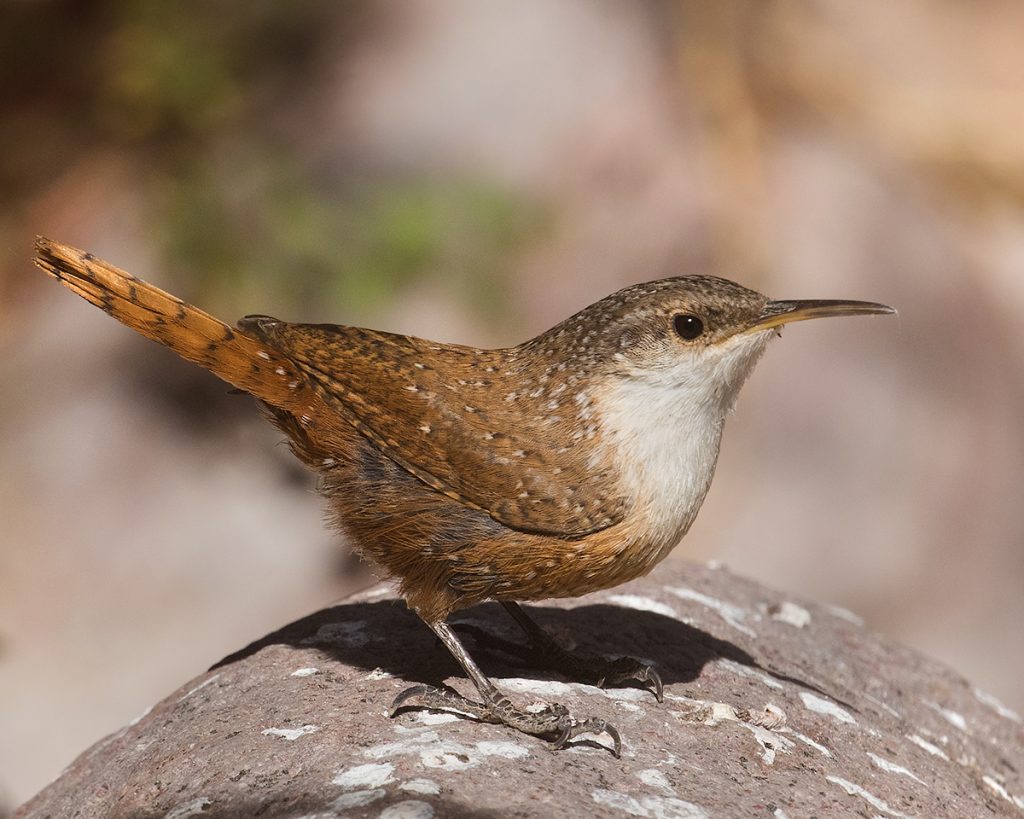
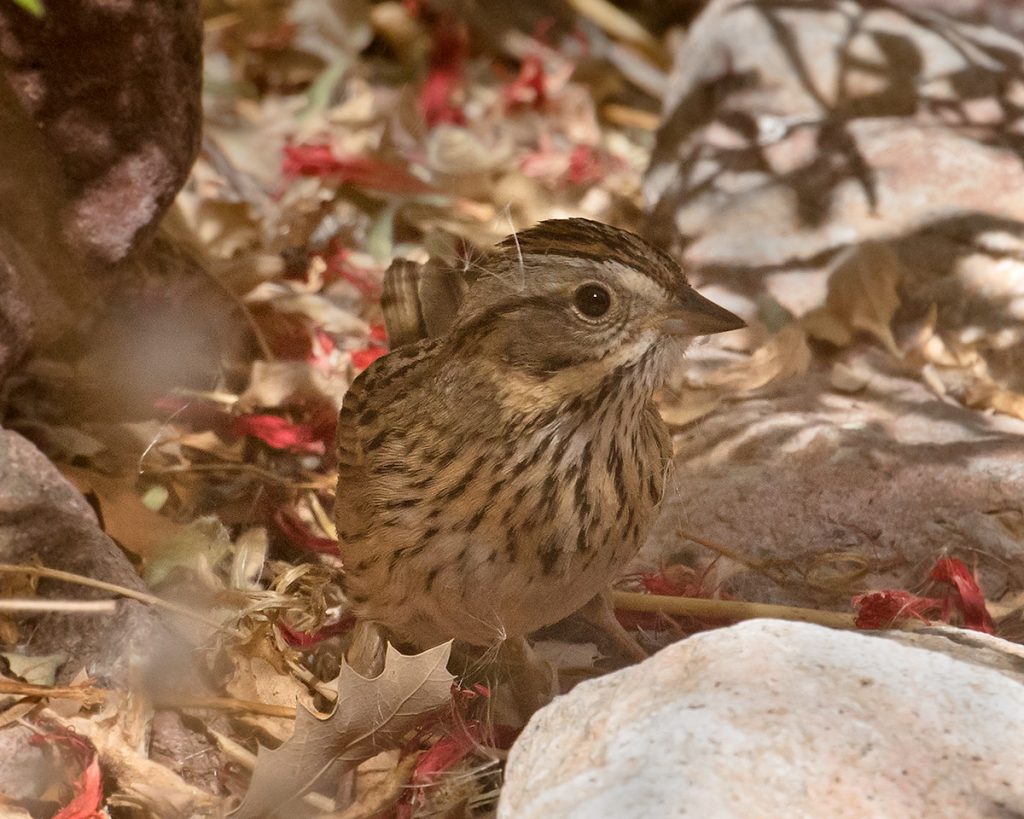

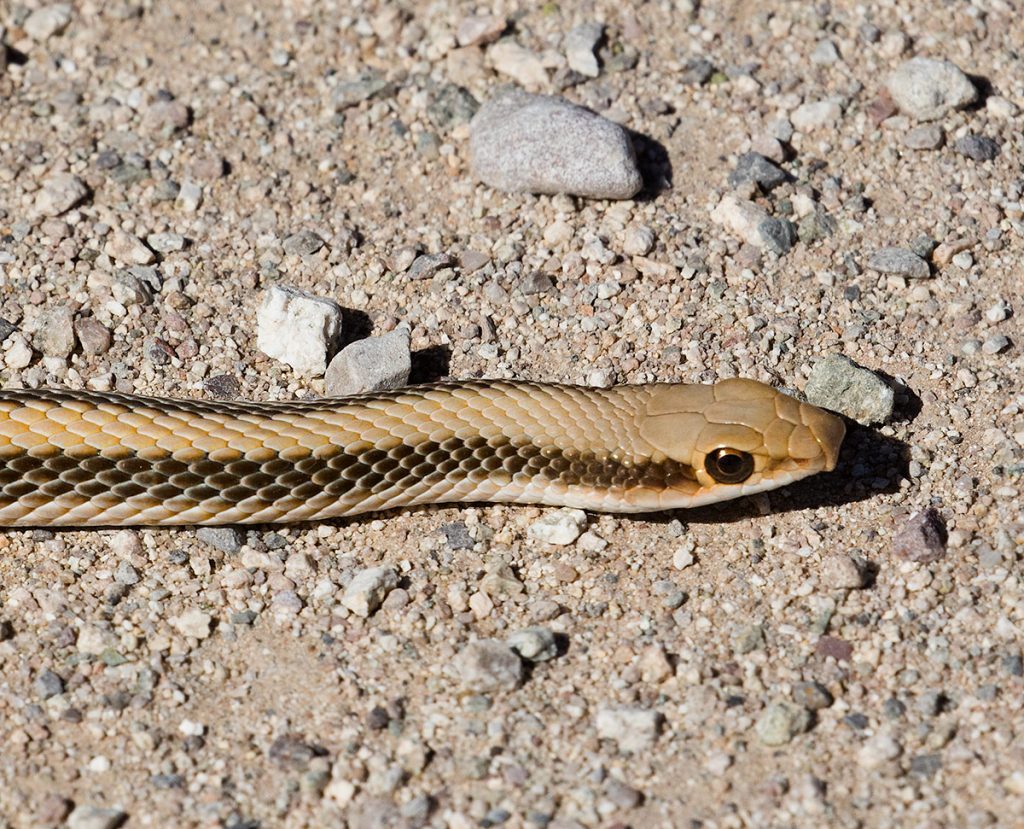
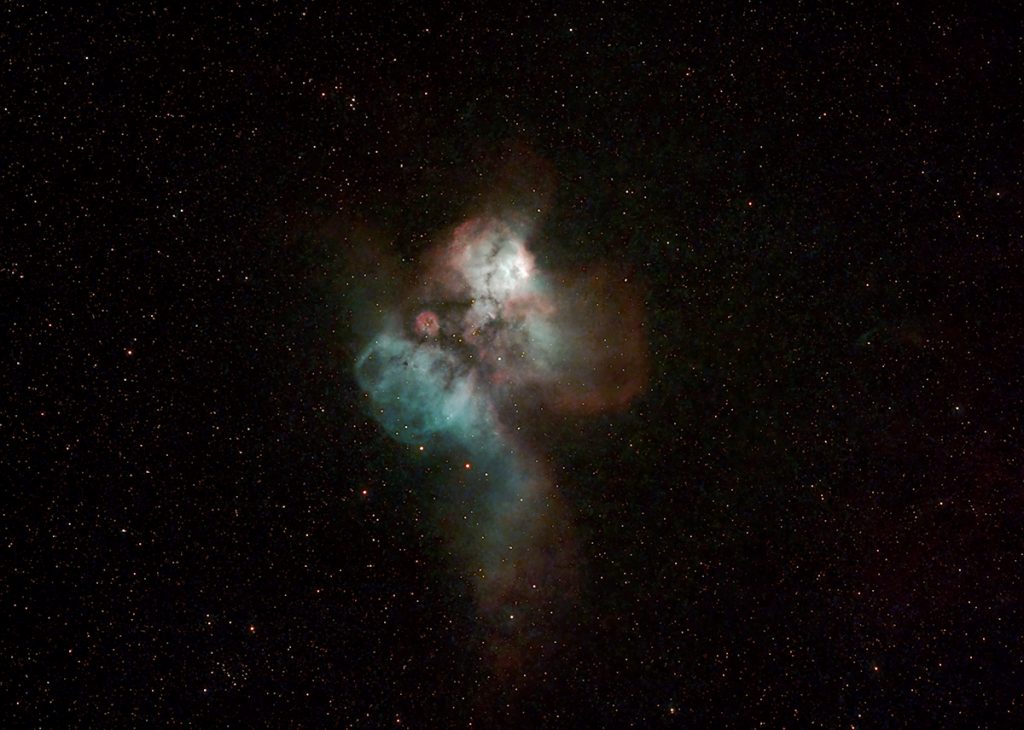

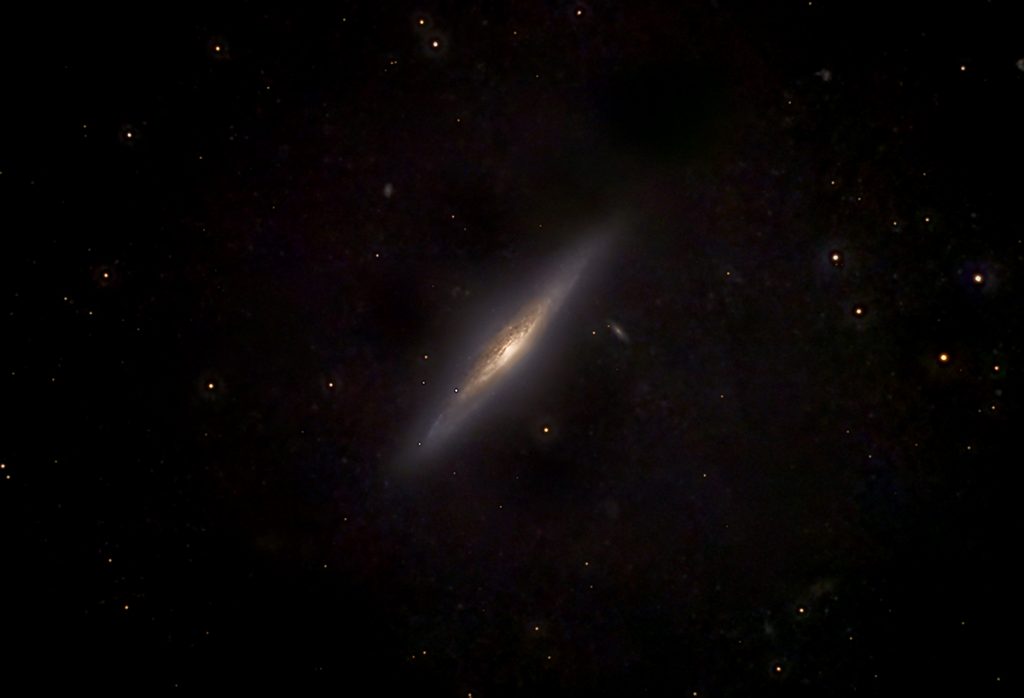
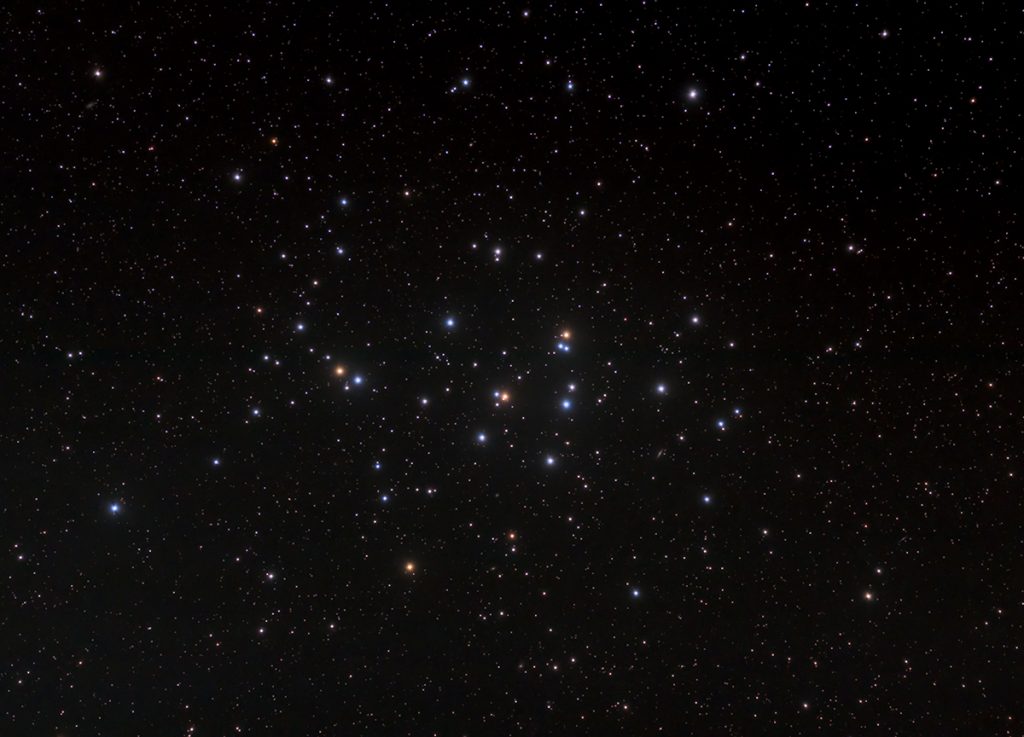
I’m still here. It has been over two weeks since my last post. There hasn’t been much going on, until the last few days. Now there more signs of spring with some new birds migrating into the area. I am finally getting a few clear nights for astrophotography. By next week we will be seeing temperatures near 90 F. Still no rain and it does not look promising for the foreseeable future.
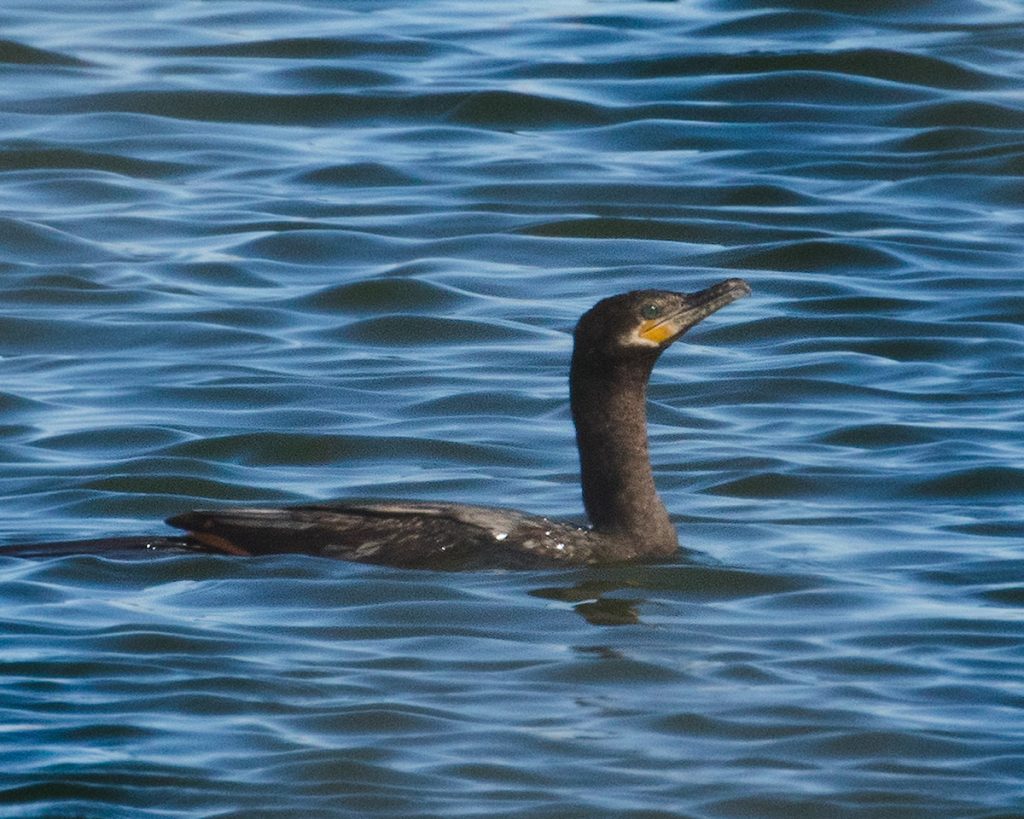
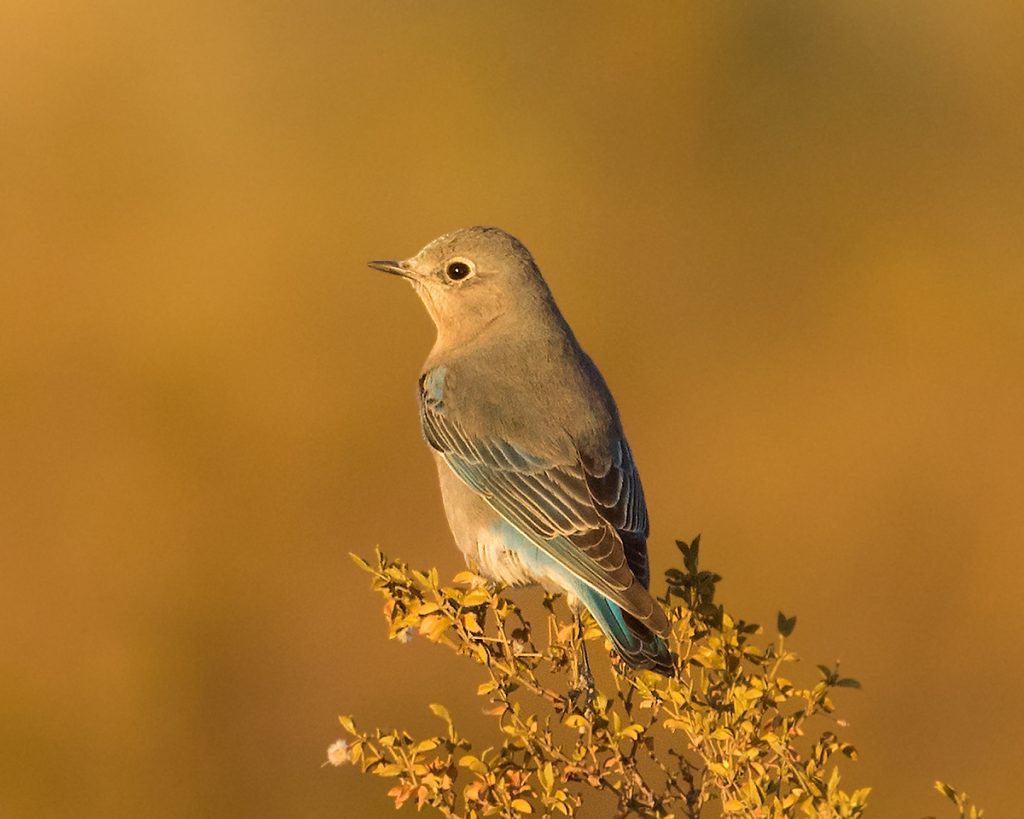
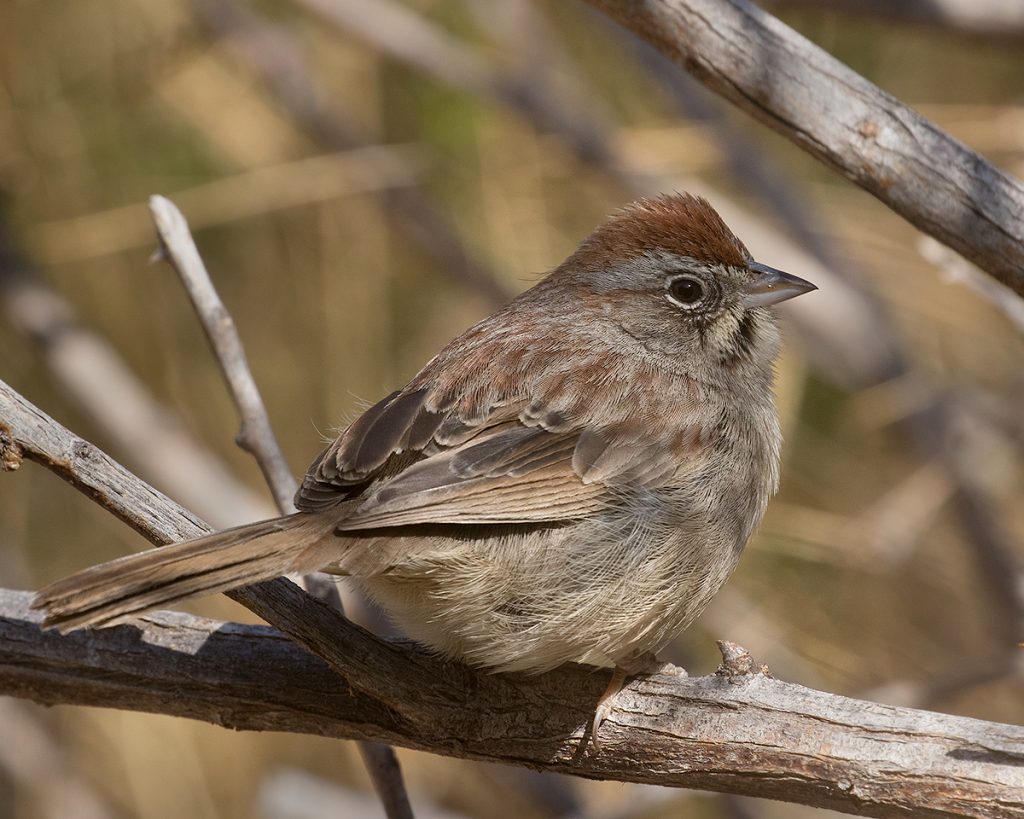
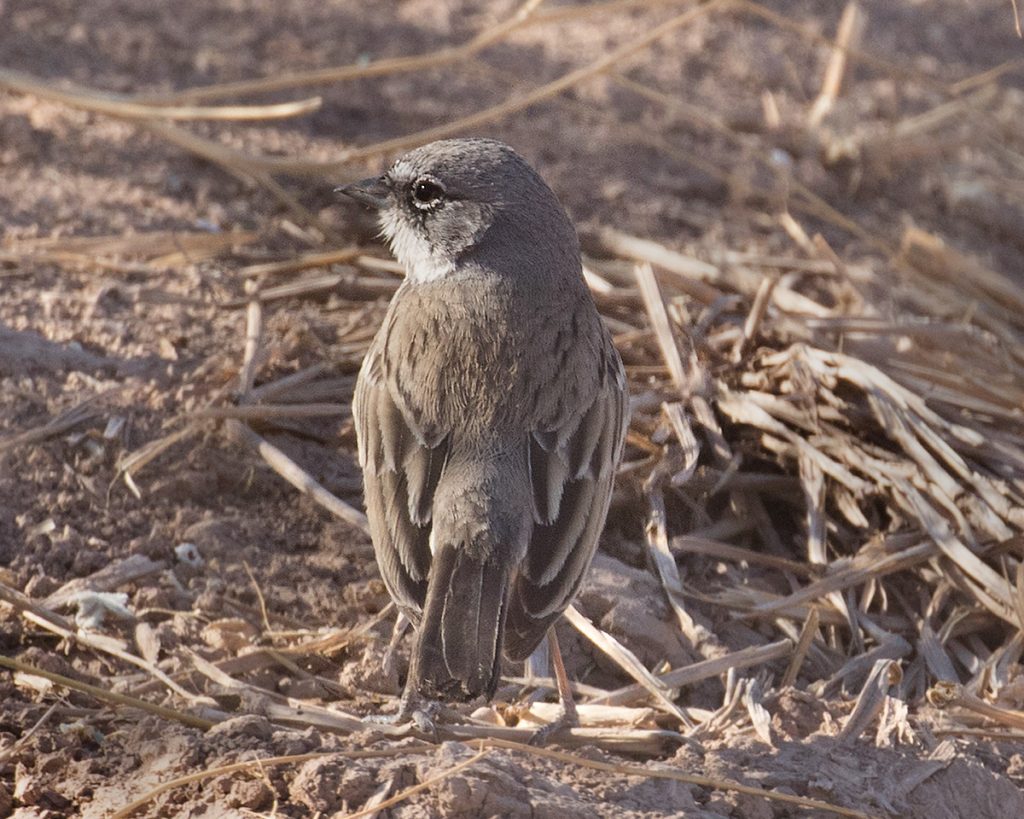
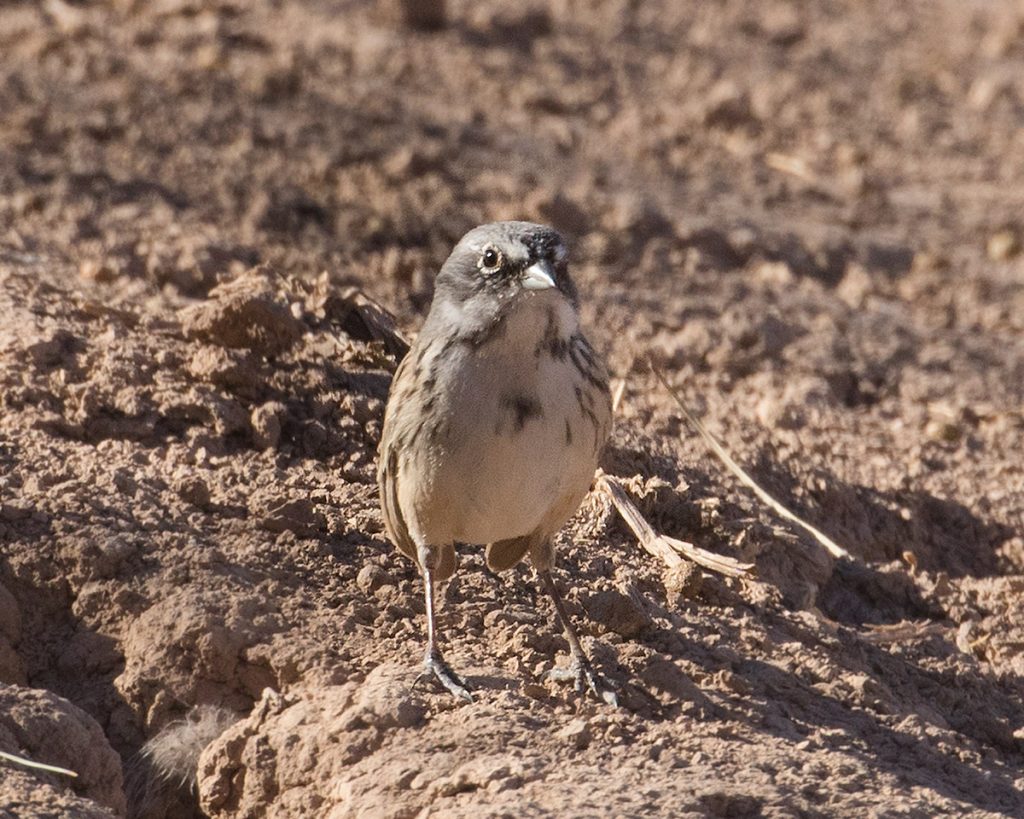
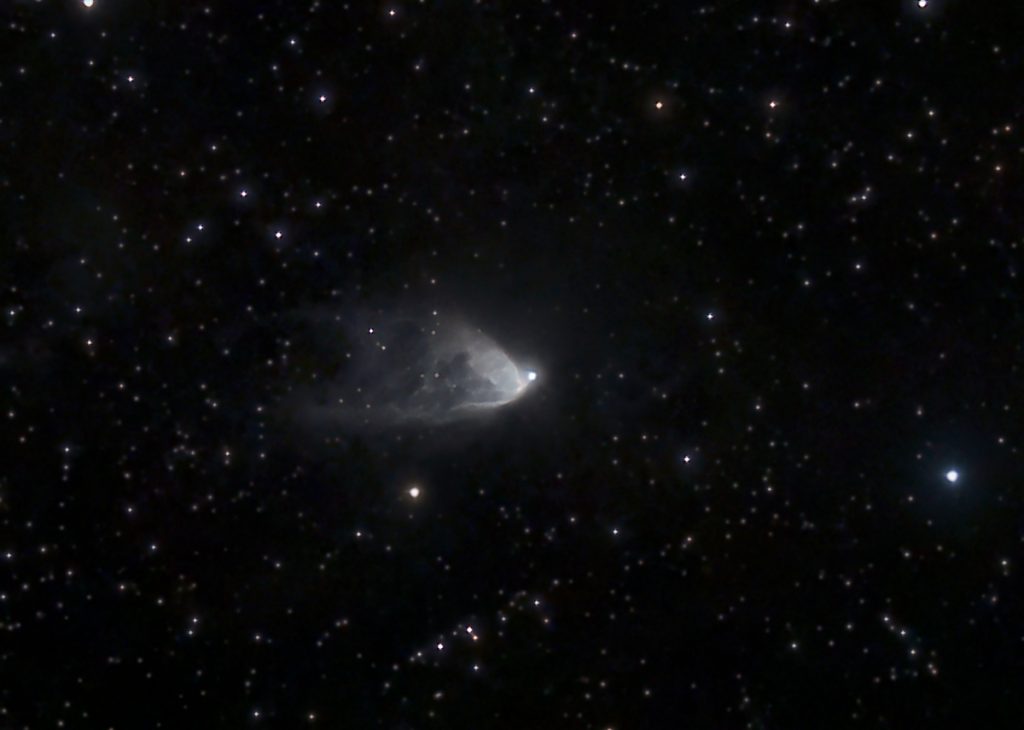
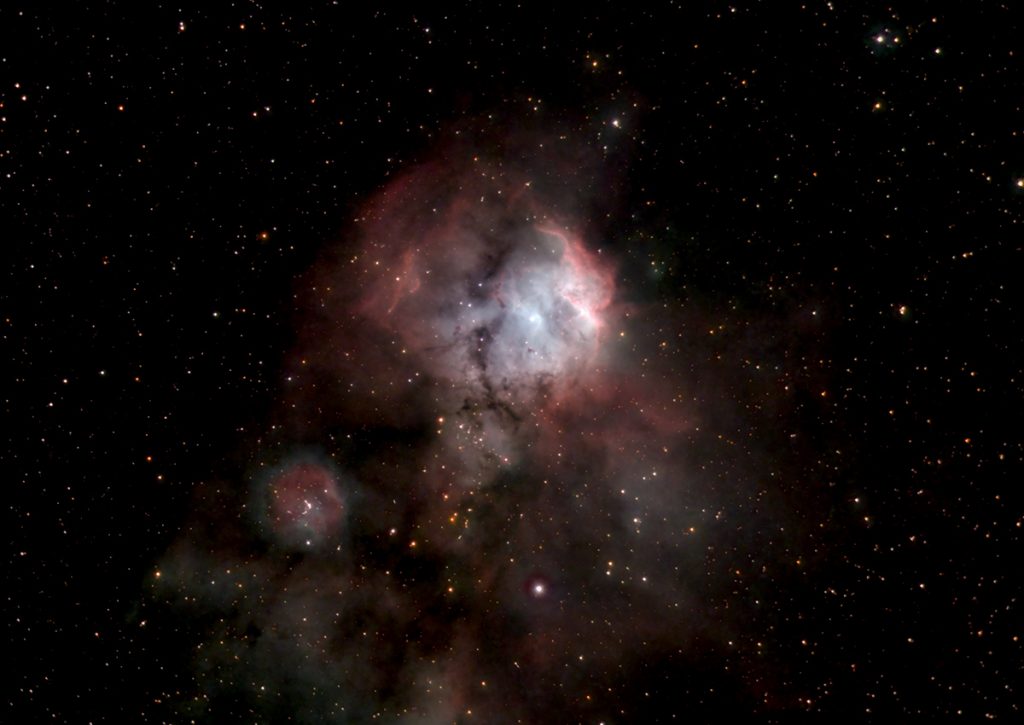
The Sonoran Desert is in a heat wave. Near record heat started yesterday and continues through tomorrow, it was 86 F here at the campground today. It feels good! Night time lows are much warmer too. I don’t suppose it will last too long. I have had many nights of clouds again. I wouldn’t mind so much if it would rain, but that does not happen. I have got a little astrophotography done but not much.
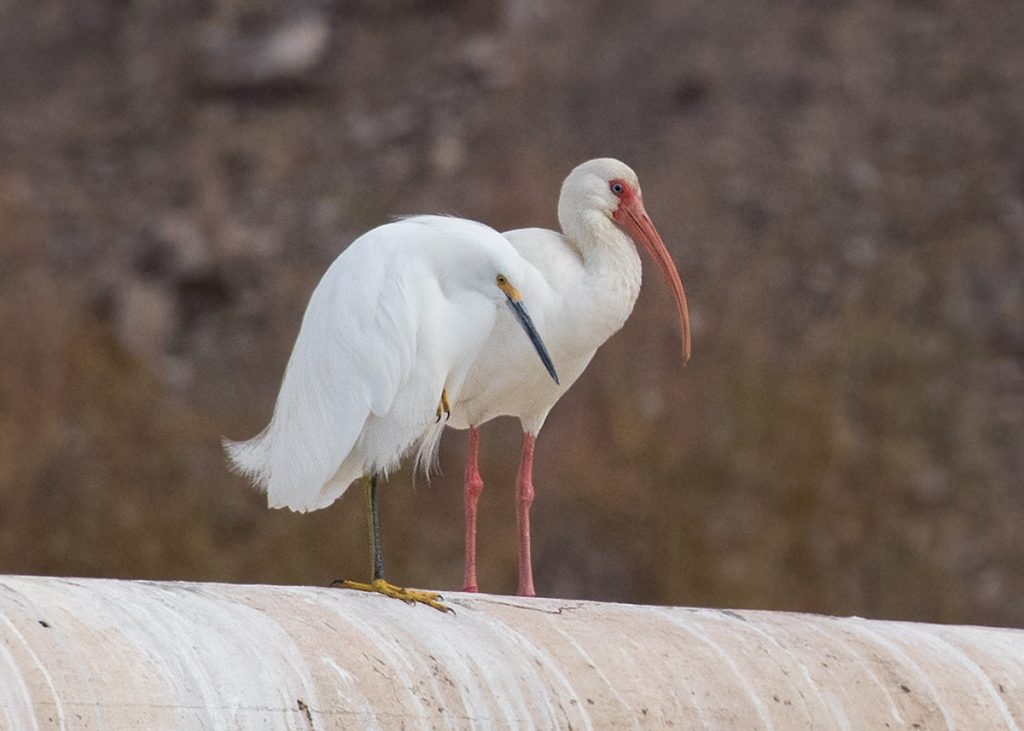
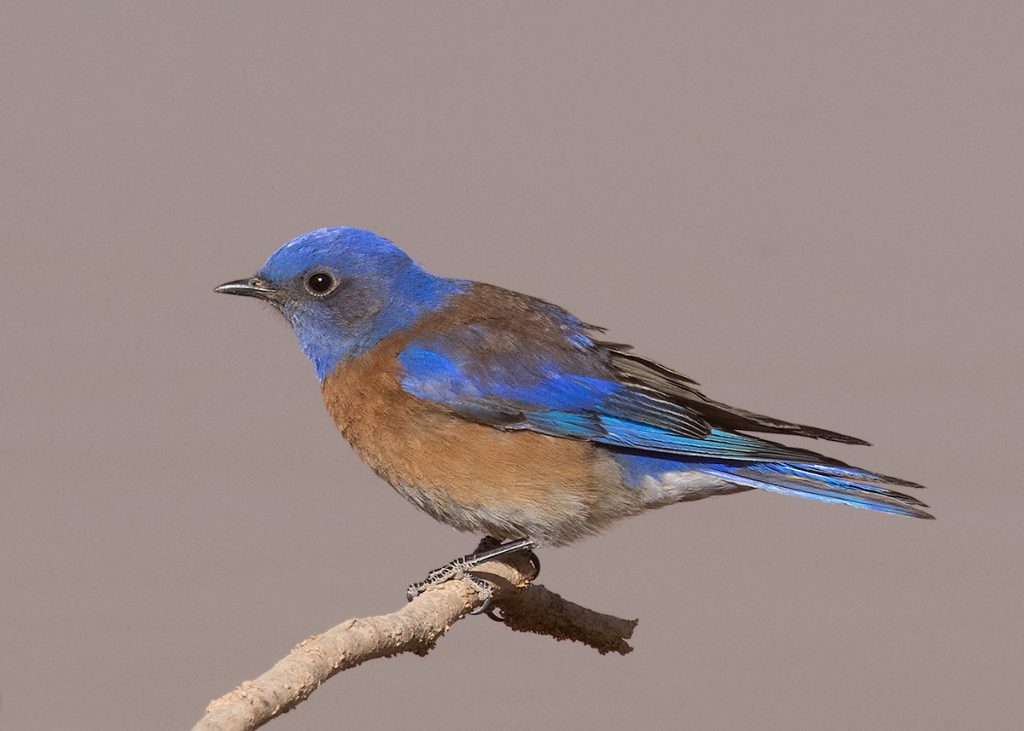
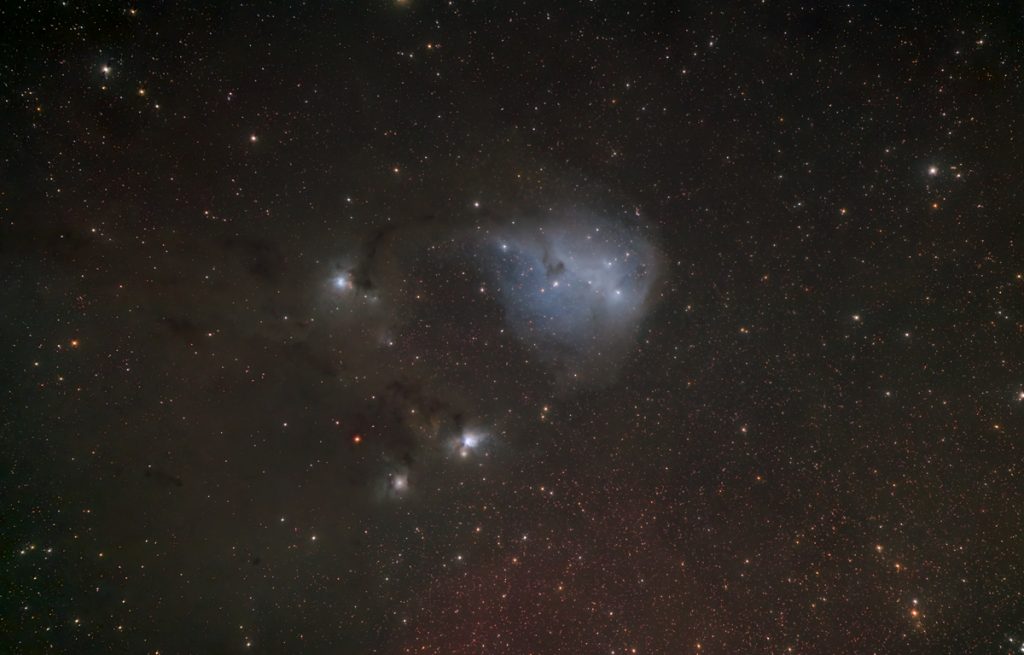
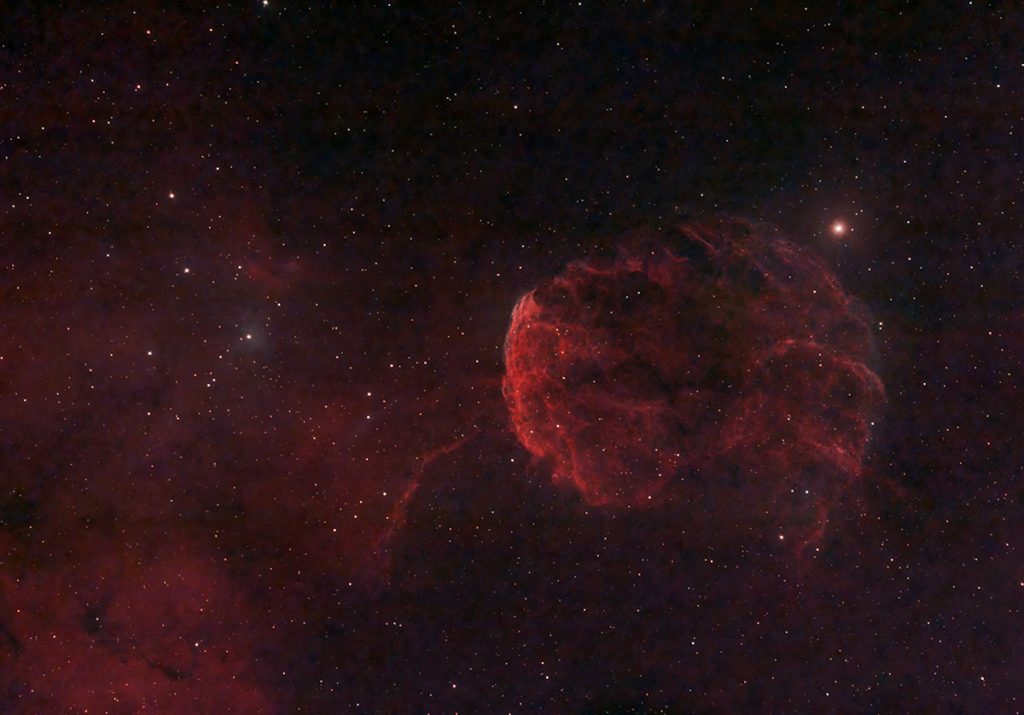
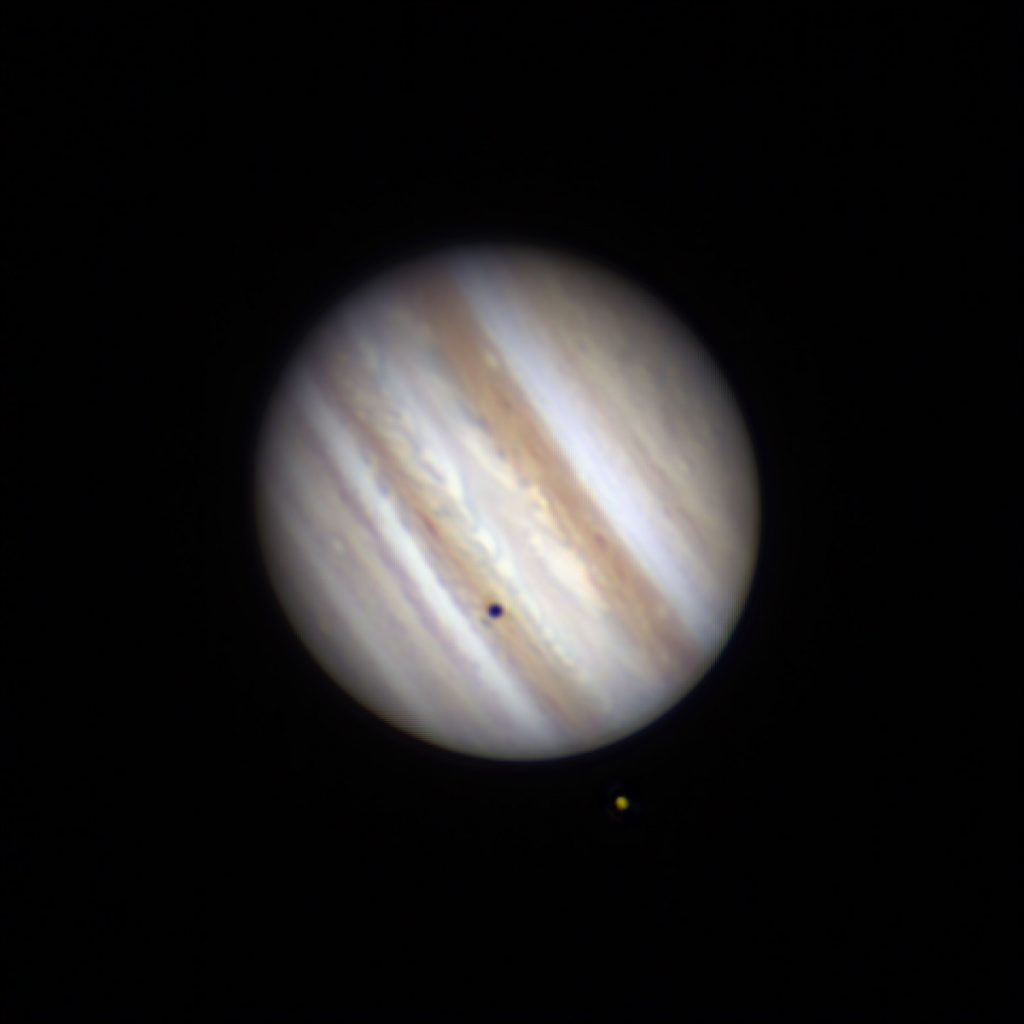
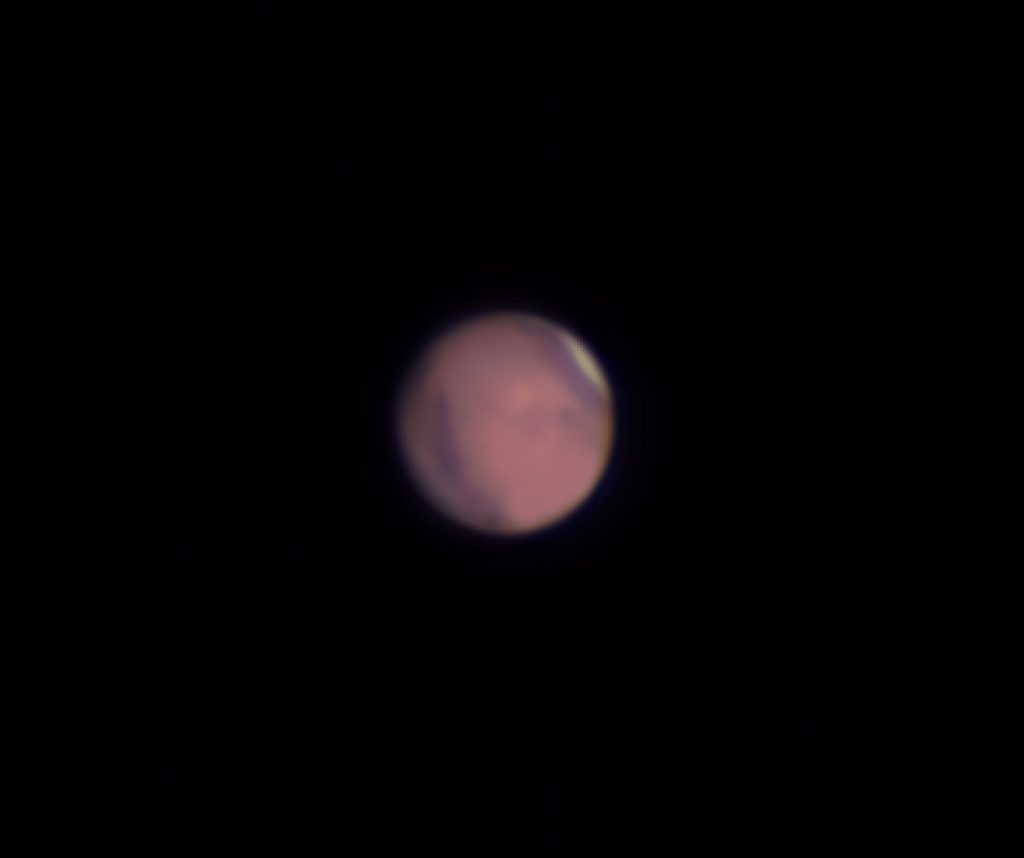
It has been almost two weeks since I’ve updated. Not a lot is happening. It has been typical Sonoran Desert winter weather, except for a lack of rain. There is a promise of some rain in the next few days. I hope it materializes. I drove north to Gillespie Dam on the Gila River to look for a Reddish Egret that keeps popping up. As it turned out, it popped up an hour before I got there and then disappeared again. I may try again, I haven’t seen a Reddish Egret since my trip to south Texas in 2010.
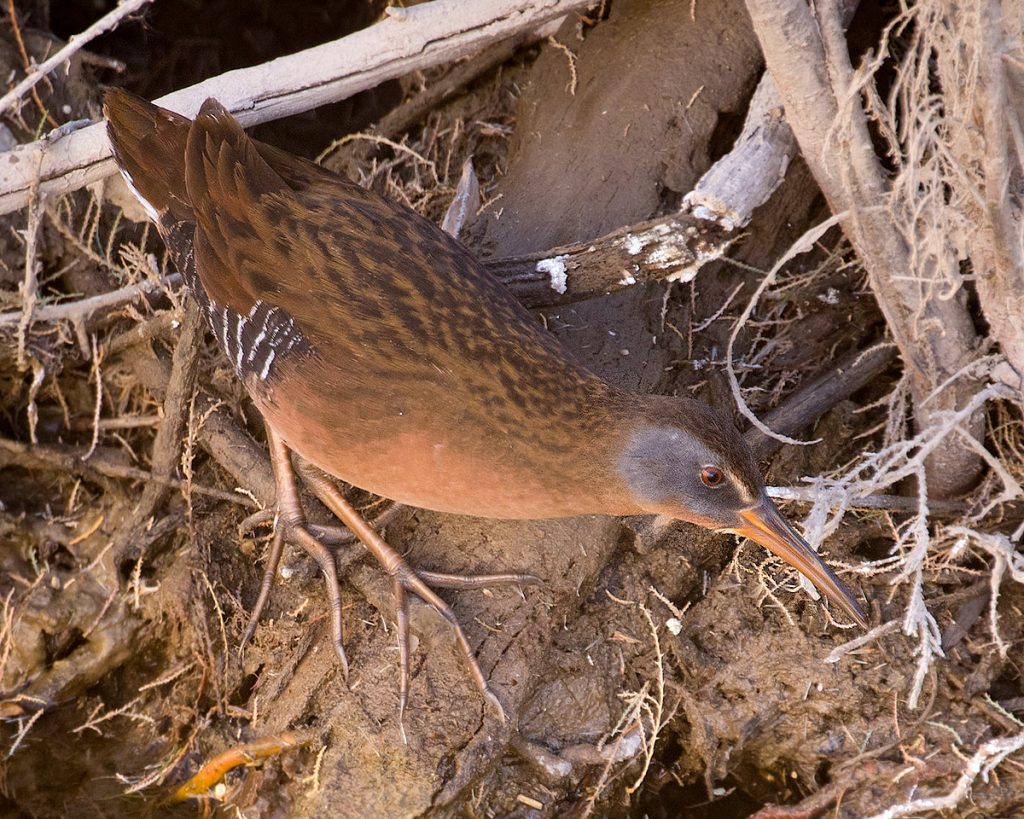
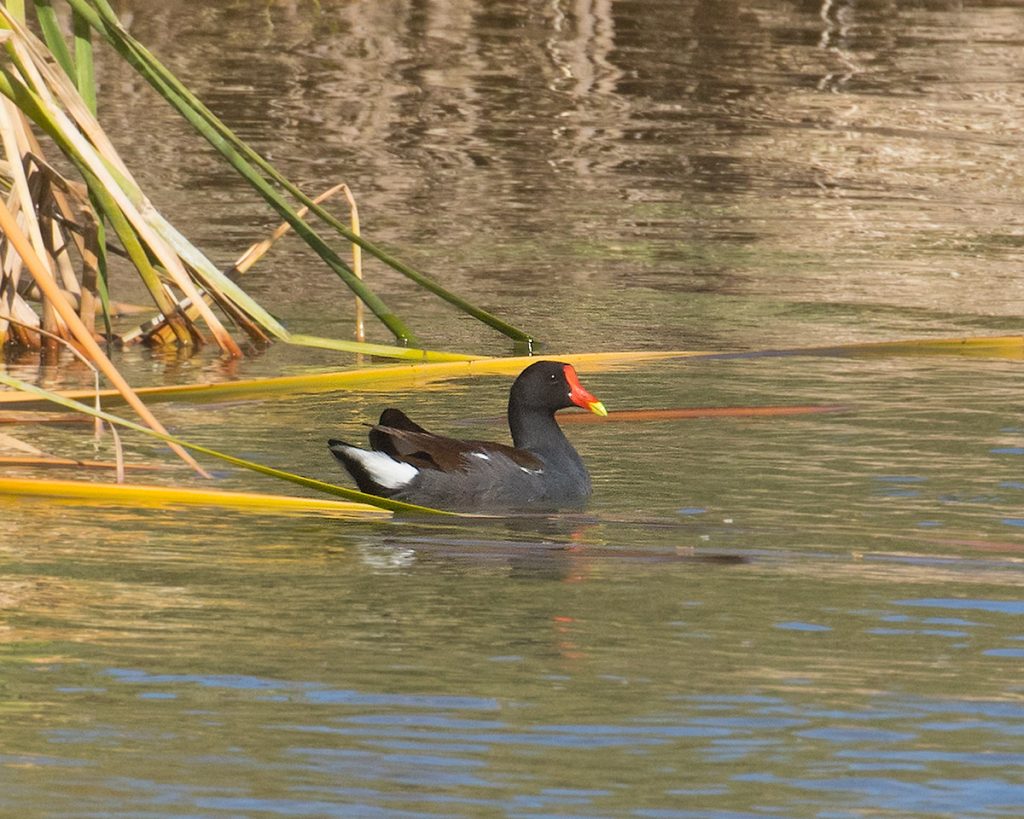
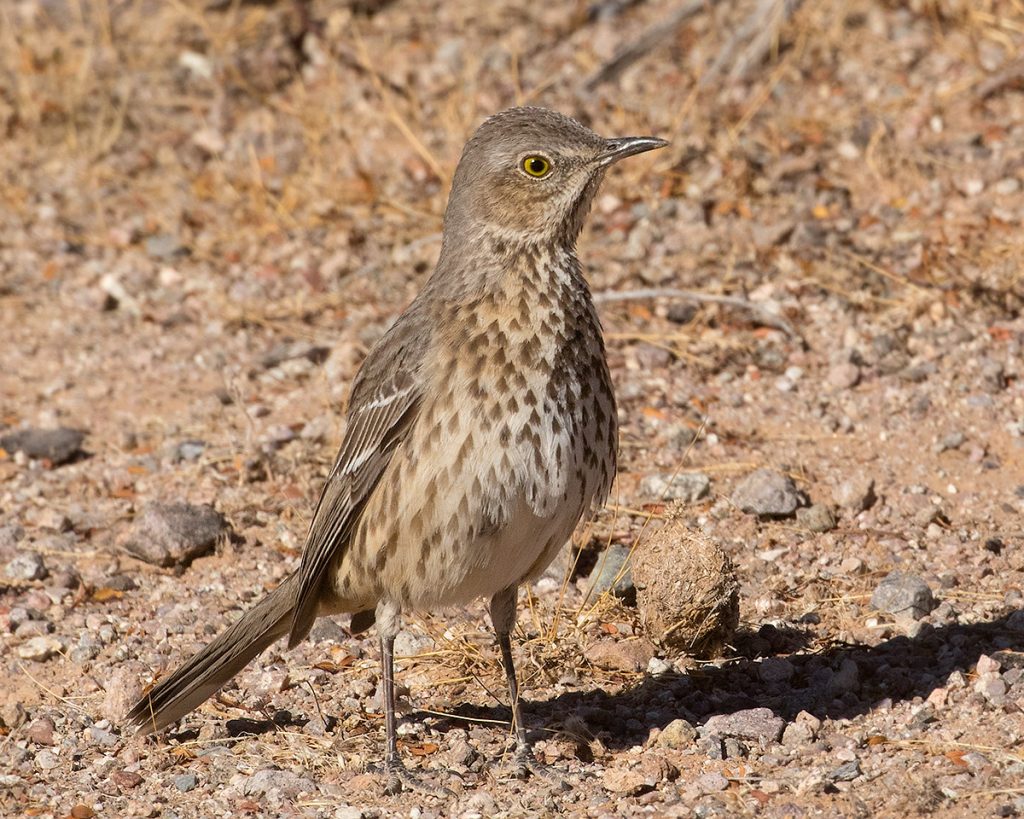
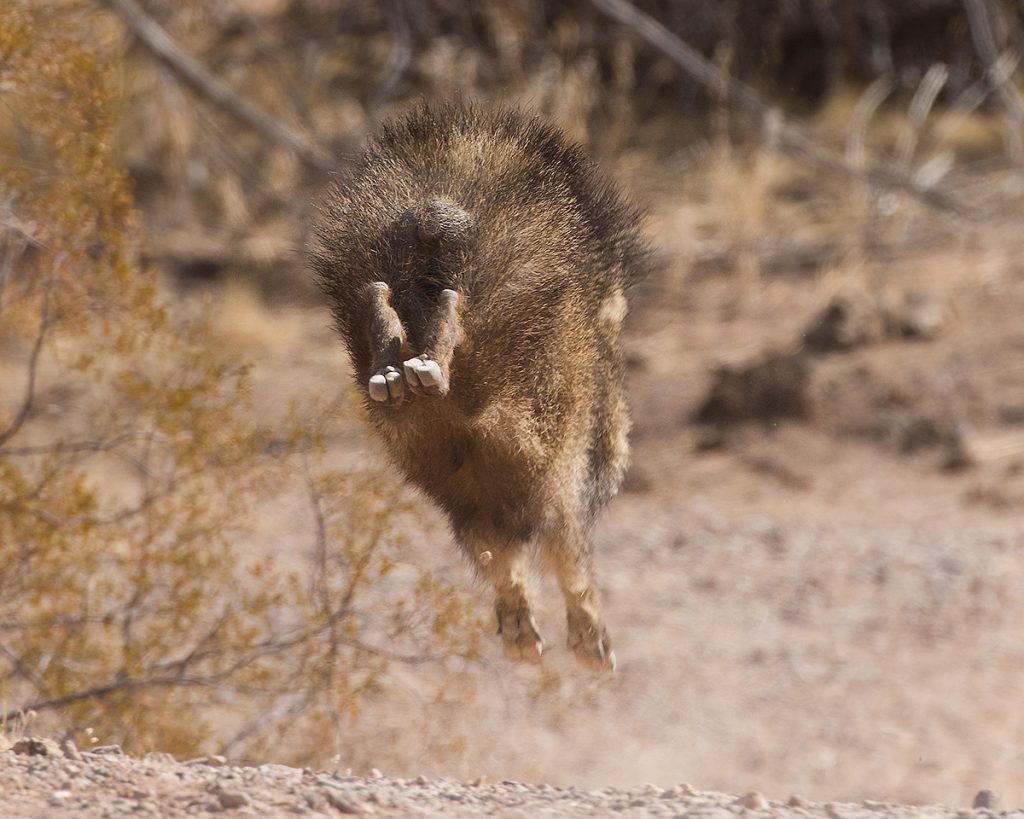
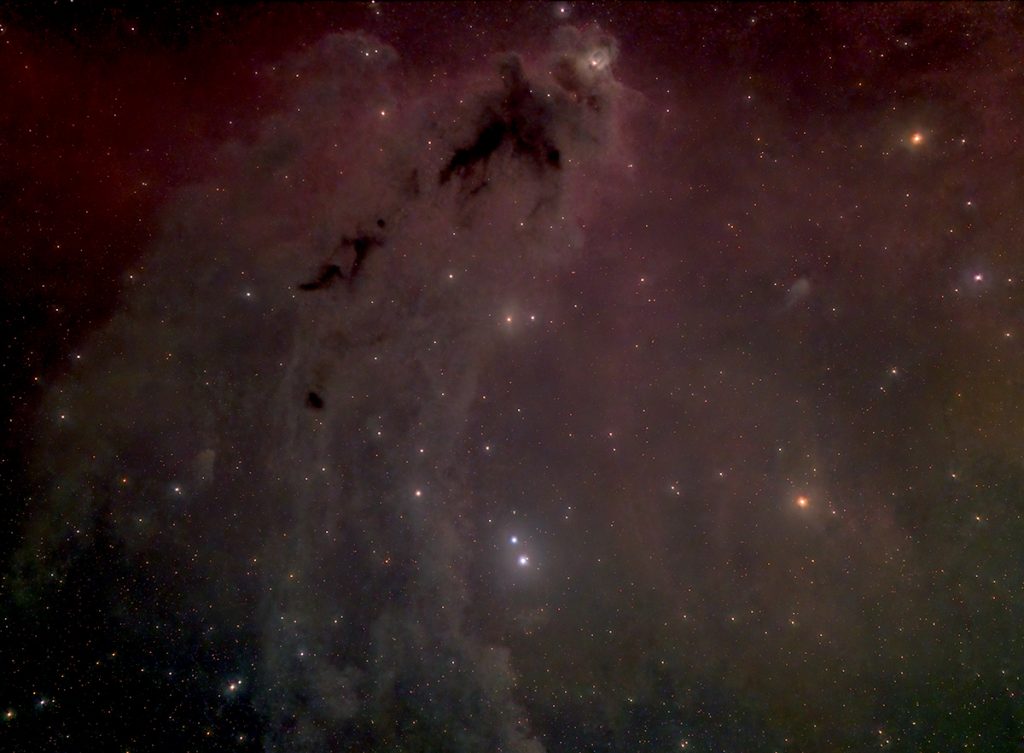
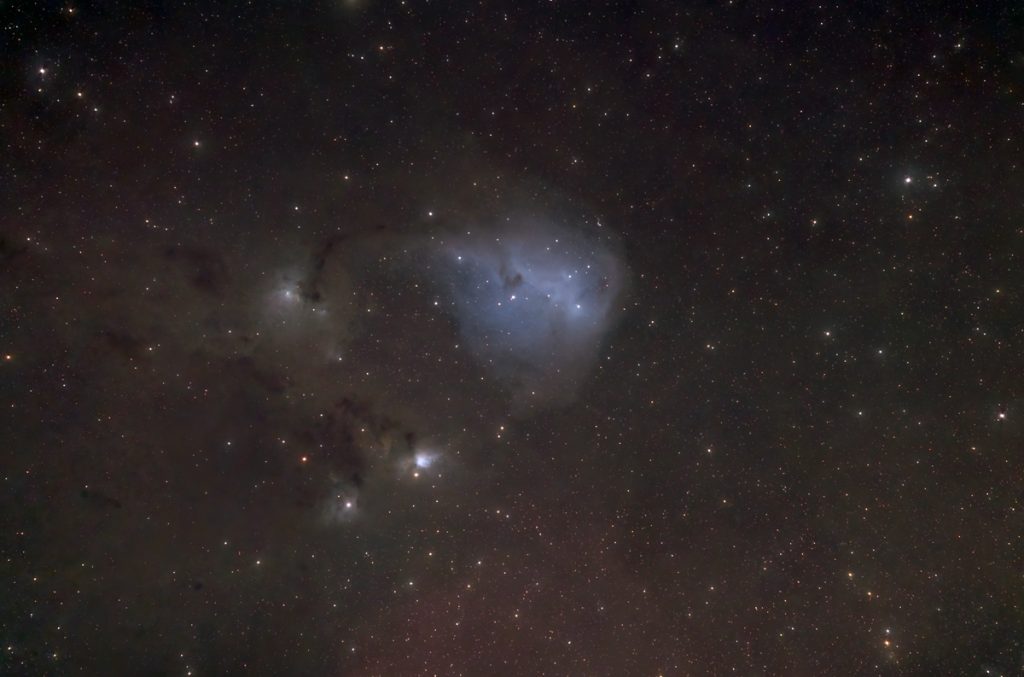

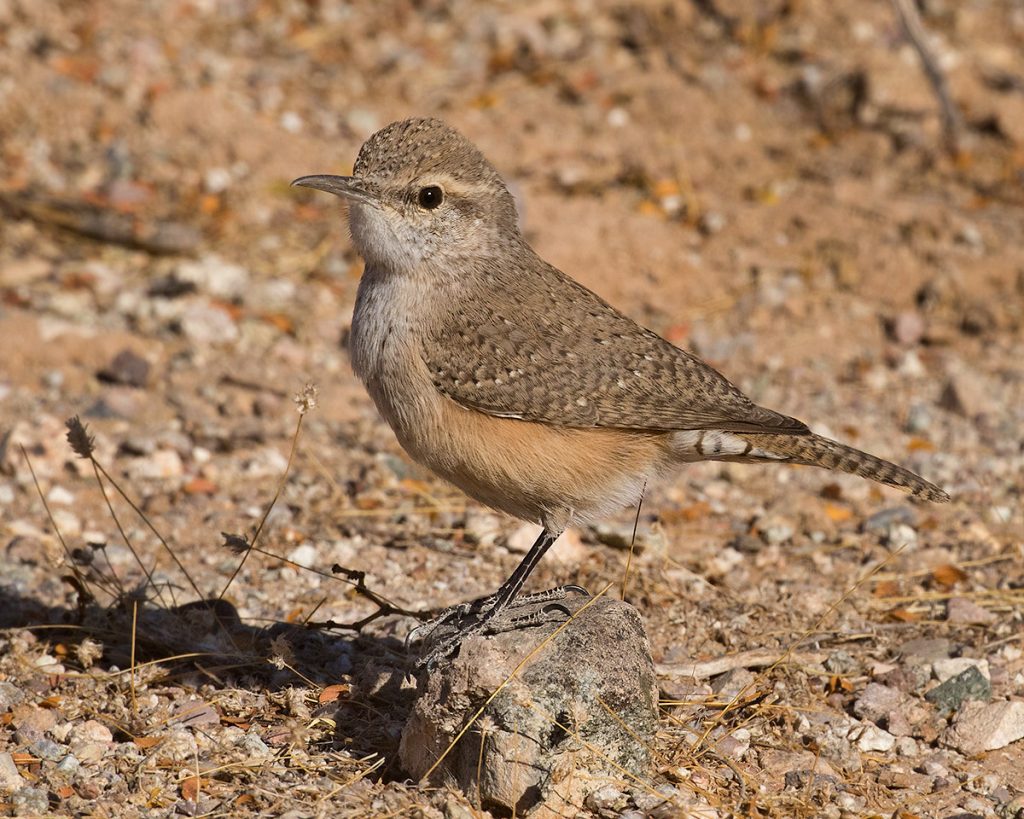
The cold has finally arrived, such as it is. Night time temperatures have been dropping to near freezing and will drop below freezing for the next few nights. Time to get out my winter sleeping bag! It still warms up nicely for the day. Some rain would be very welcome. Yesterday, a biologist from the Arizona Game and Fish came out and we found another dead Sonoran Toad at Highway Tank. He took some samples so maybe there will be answers soon as to what is killing the toads.
